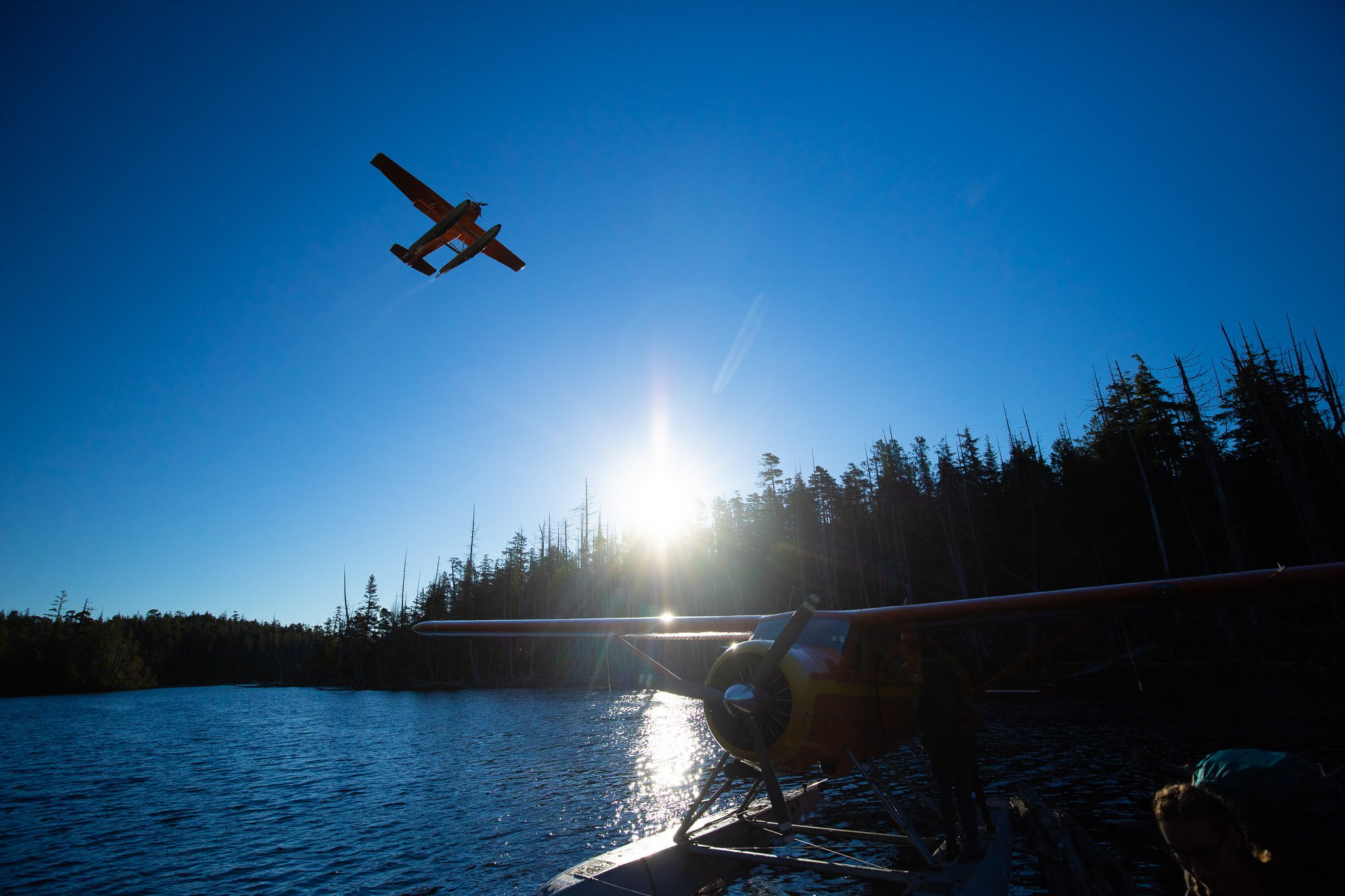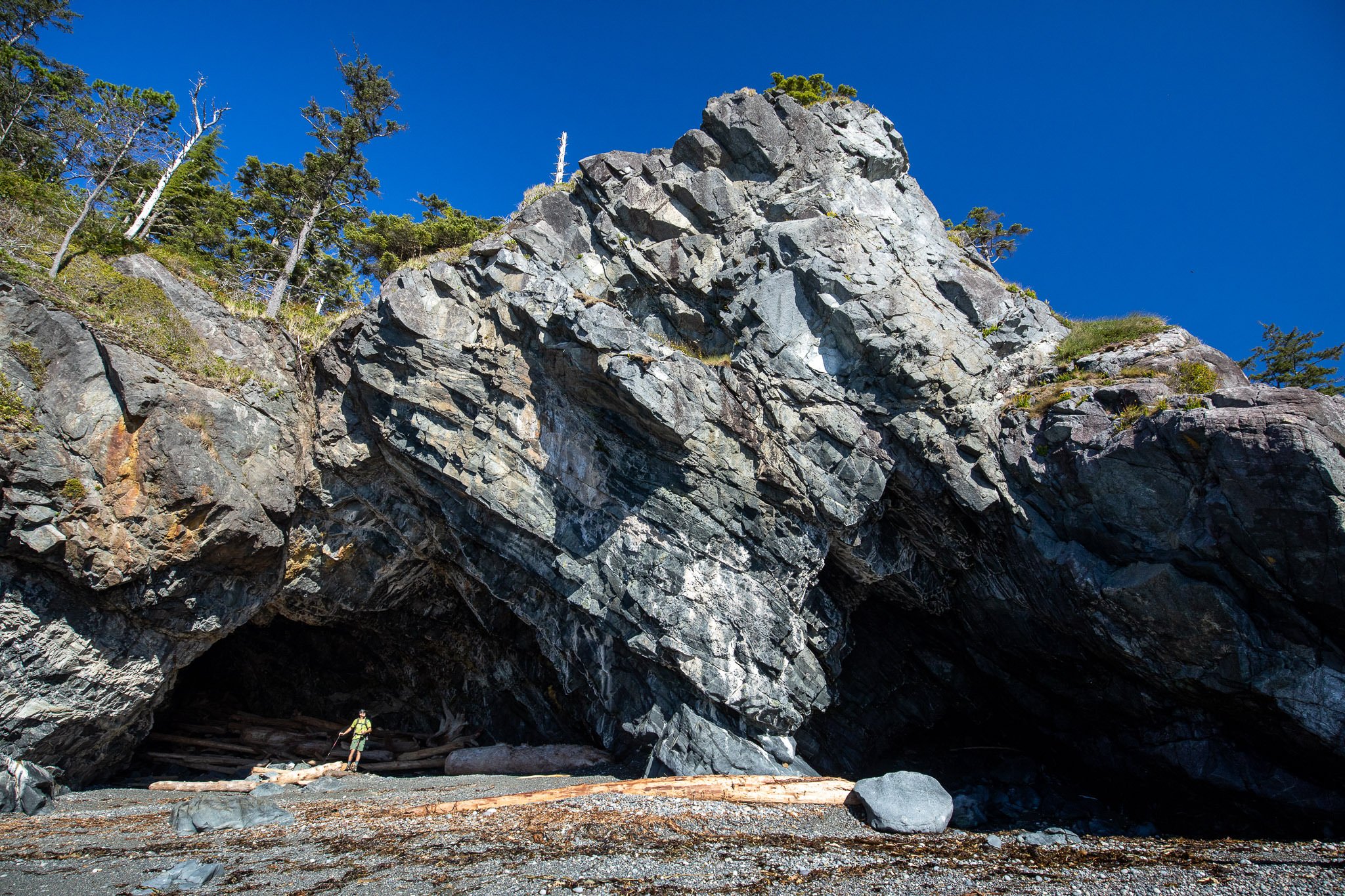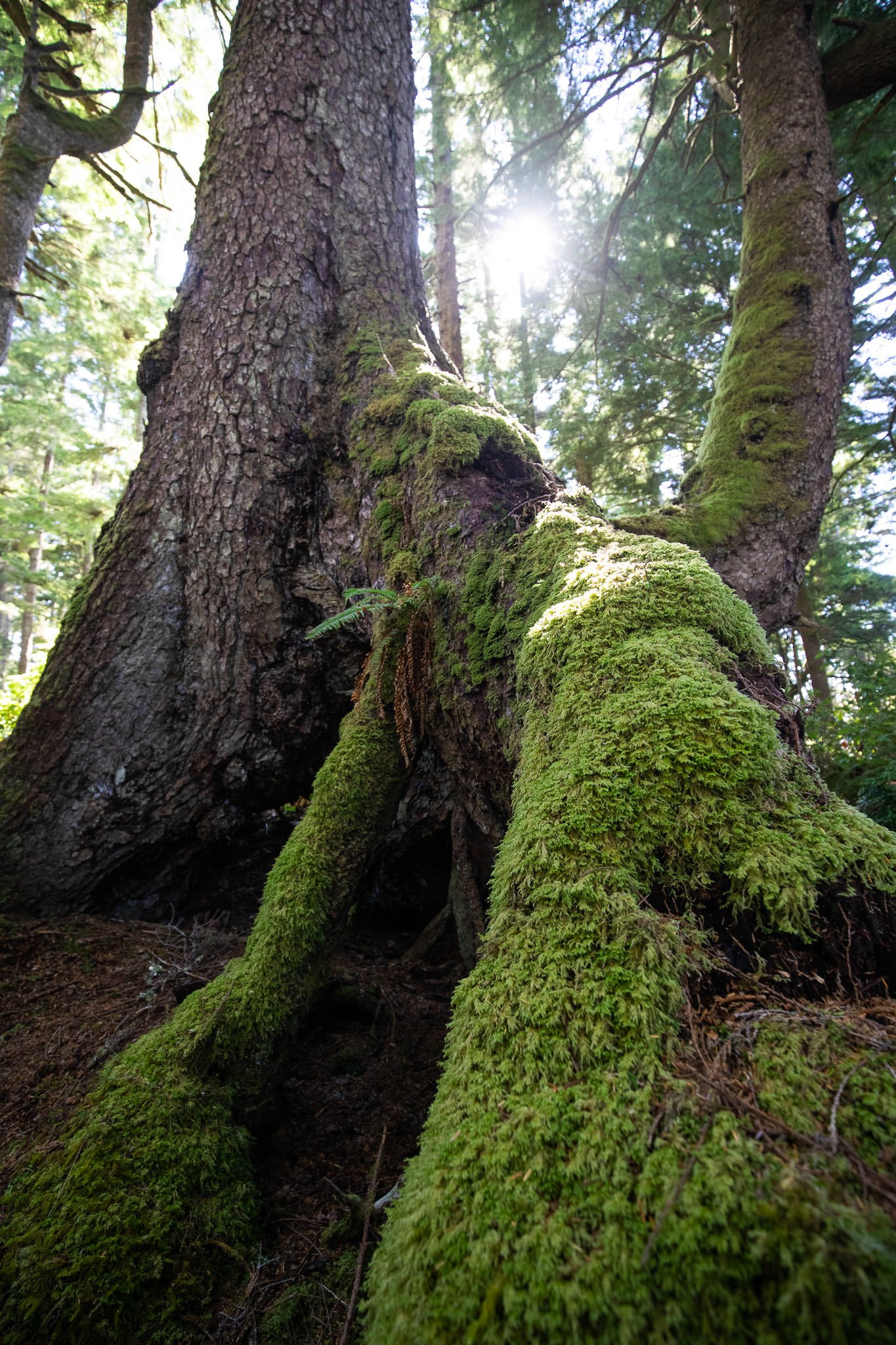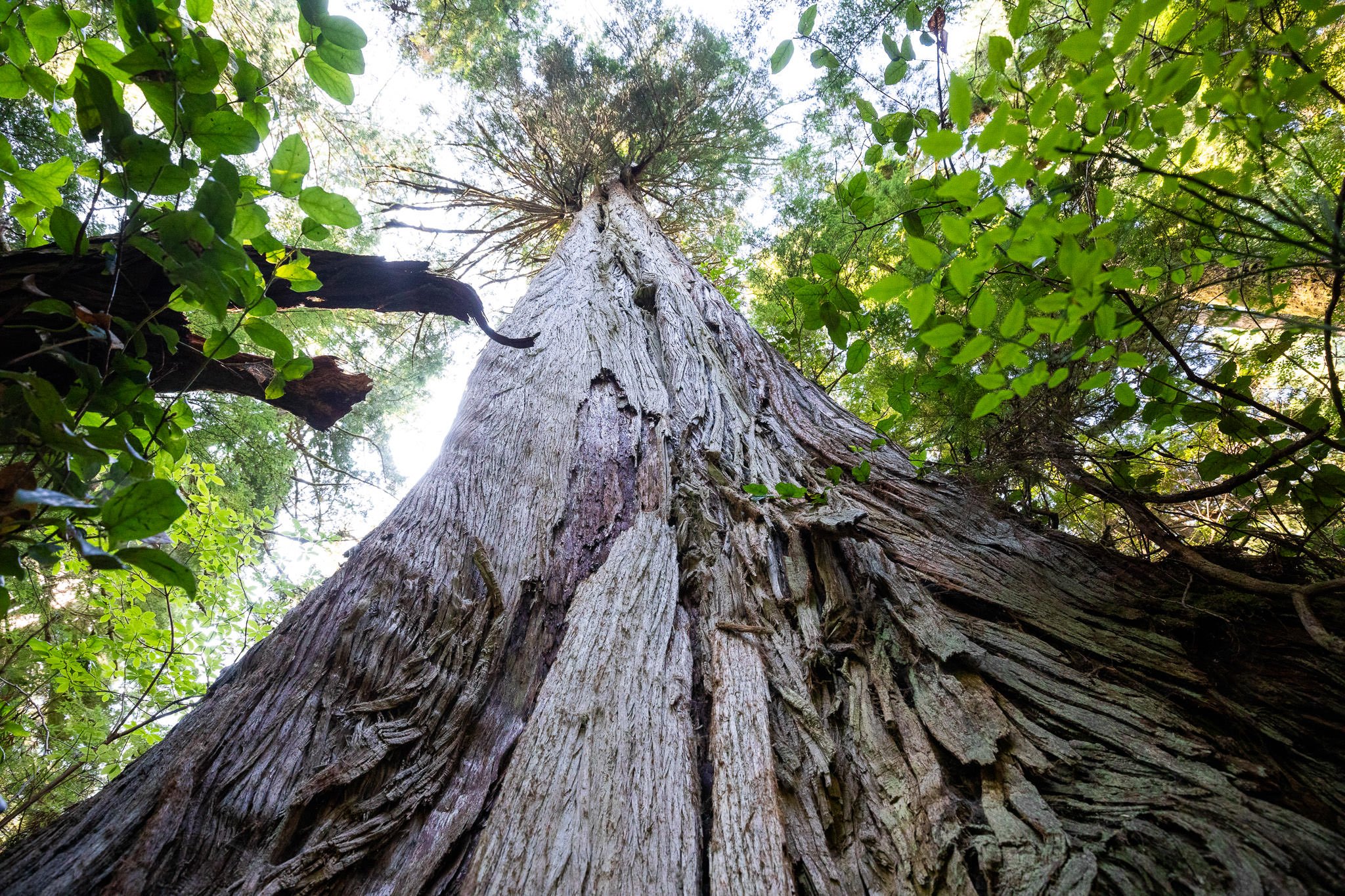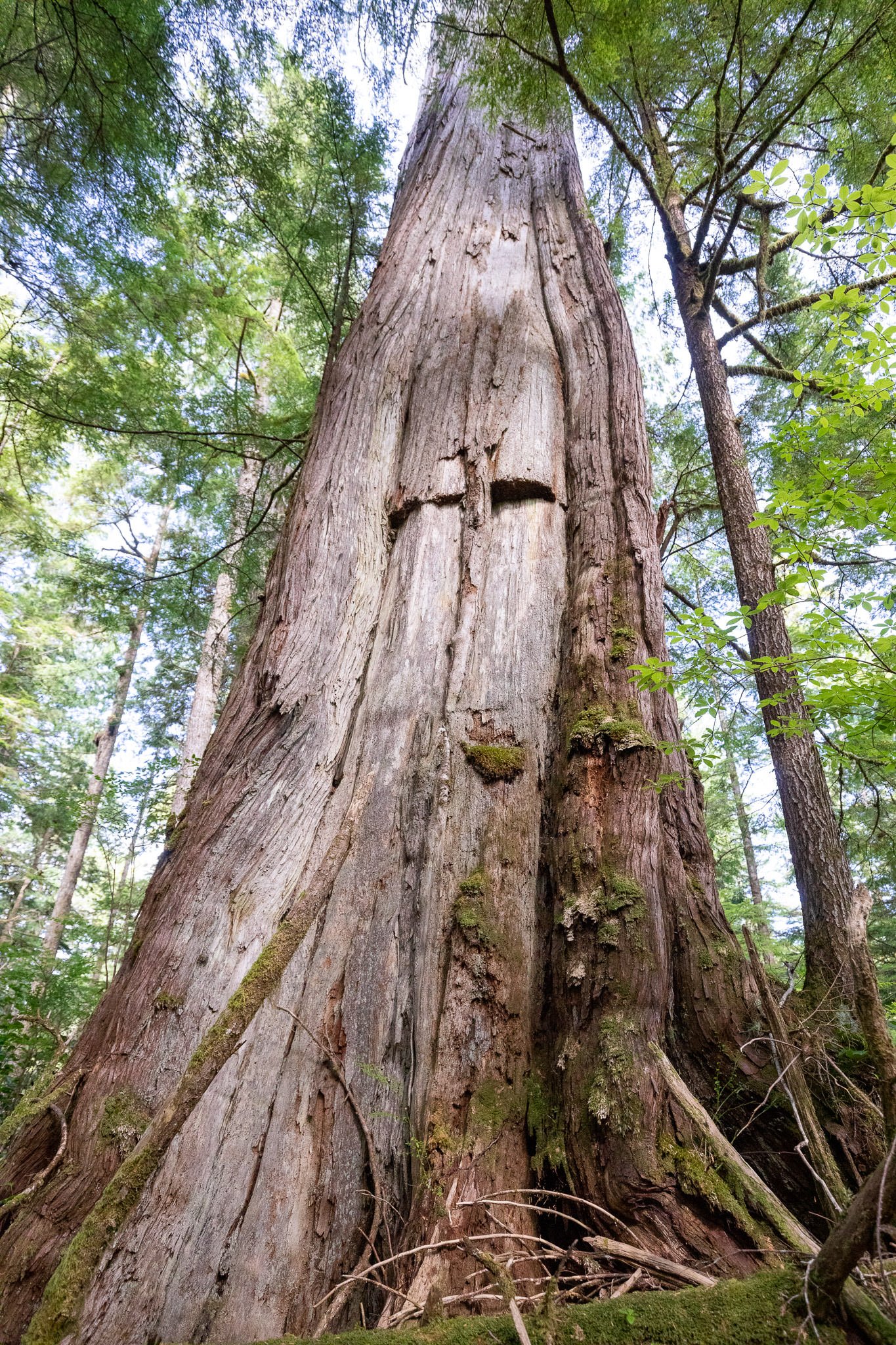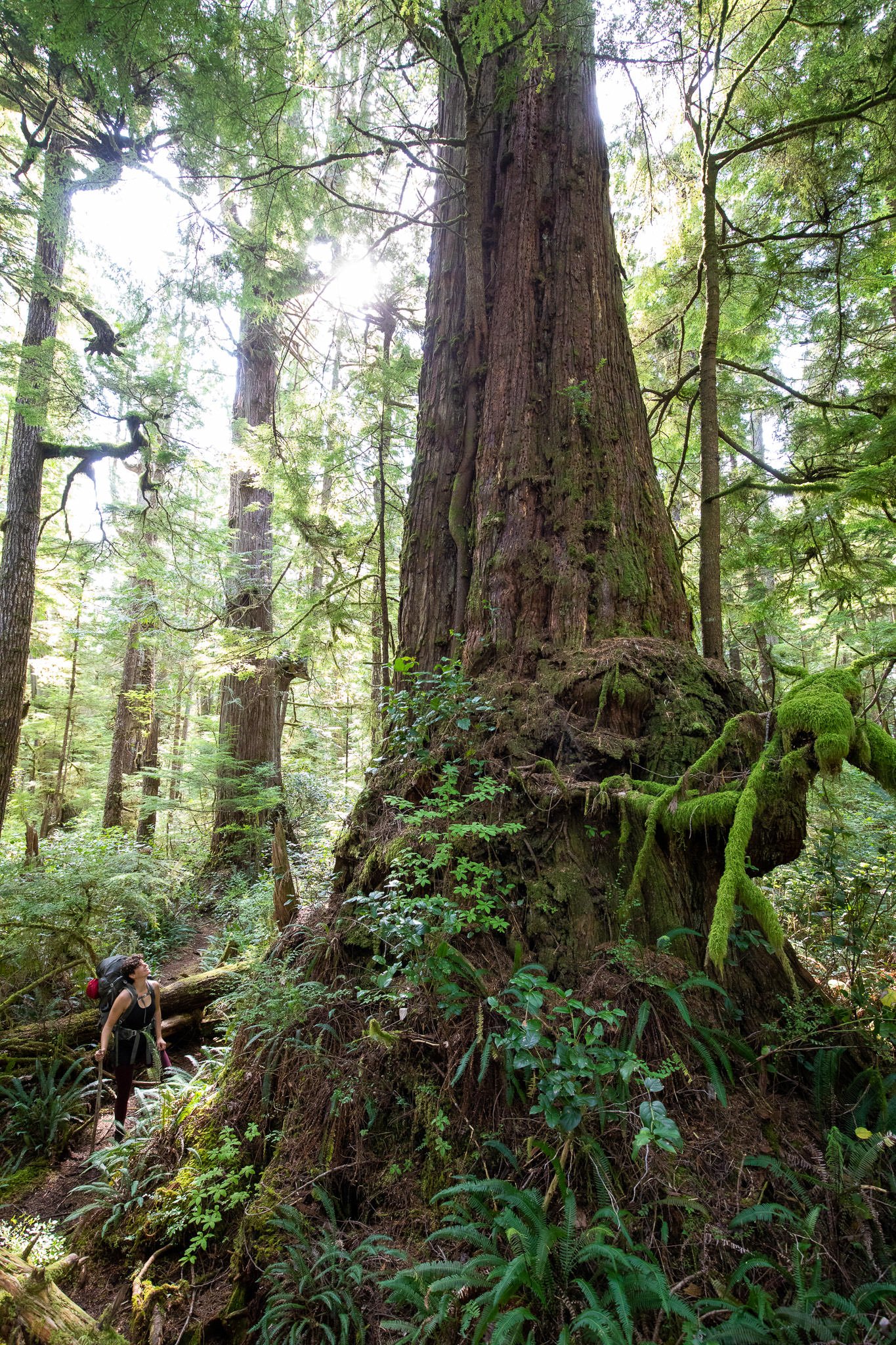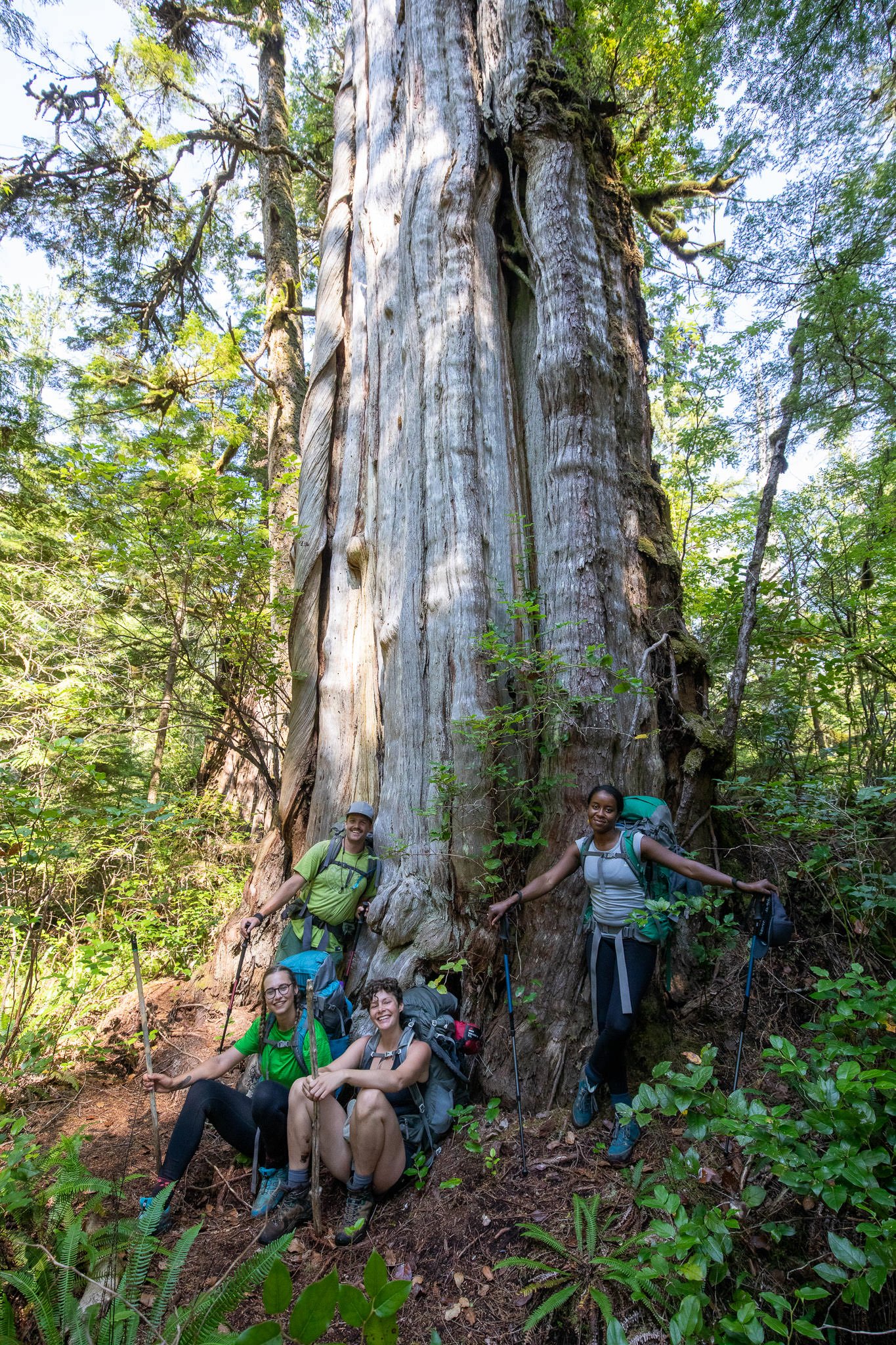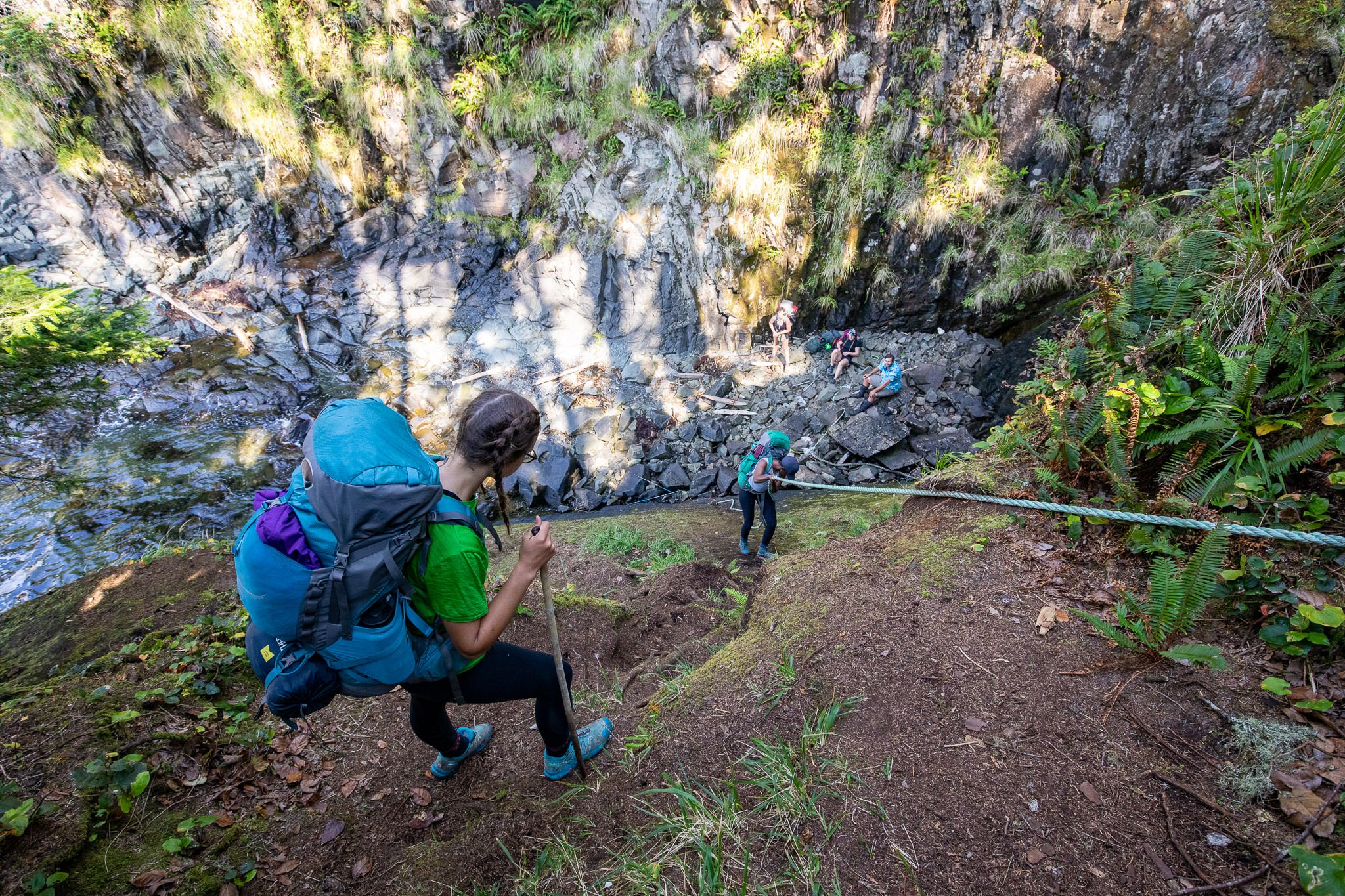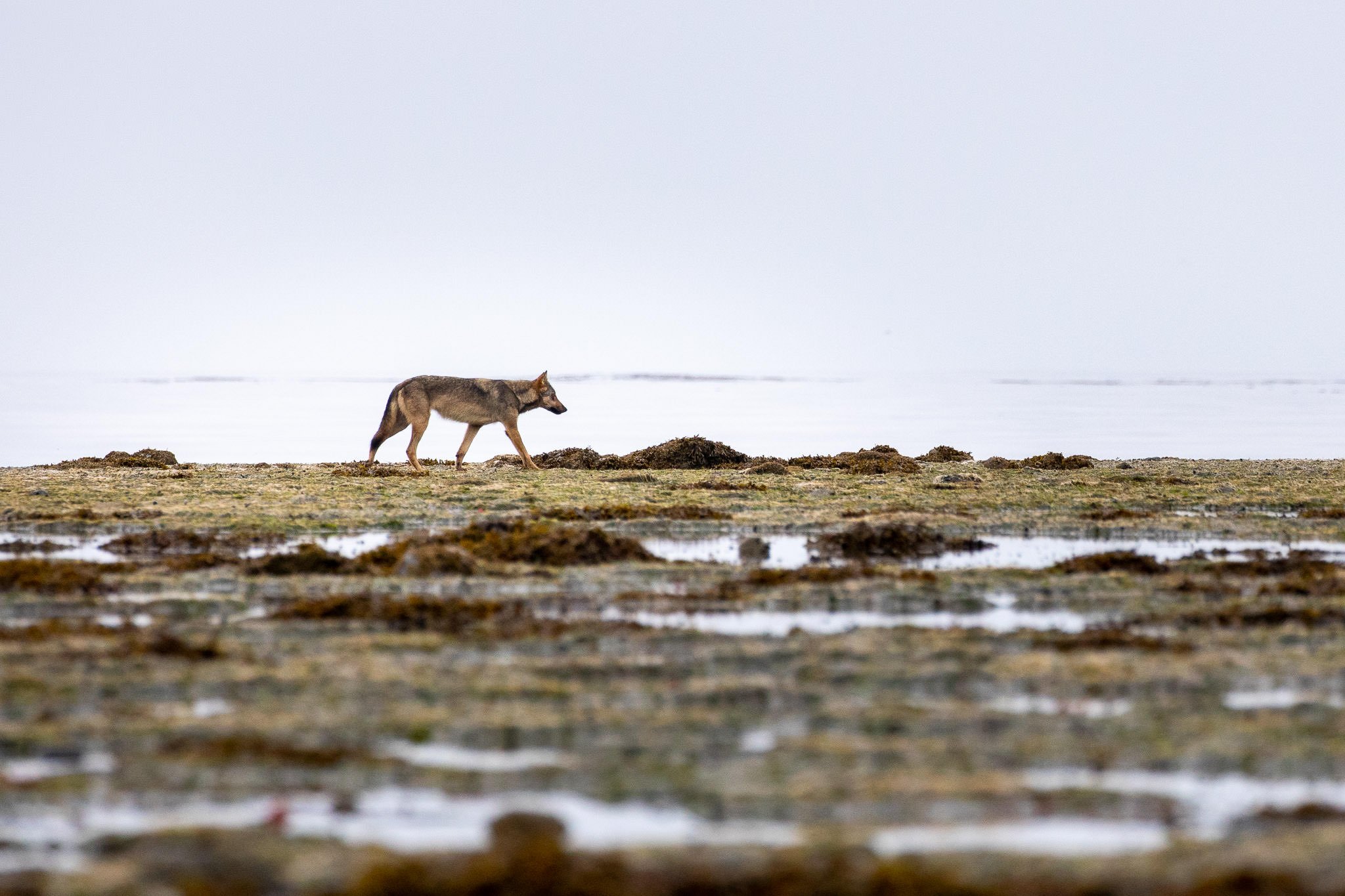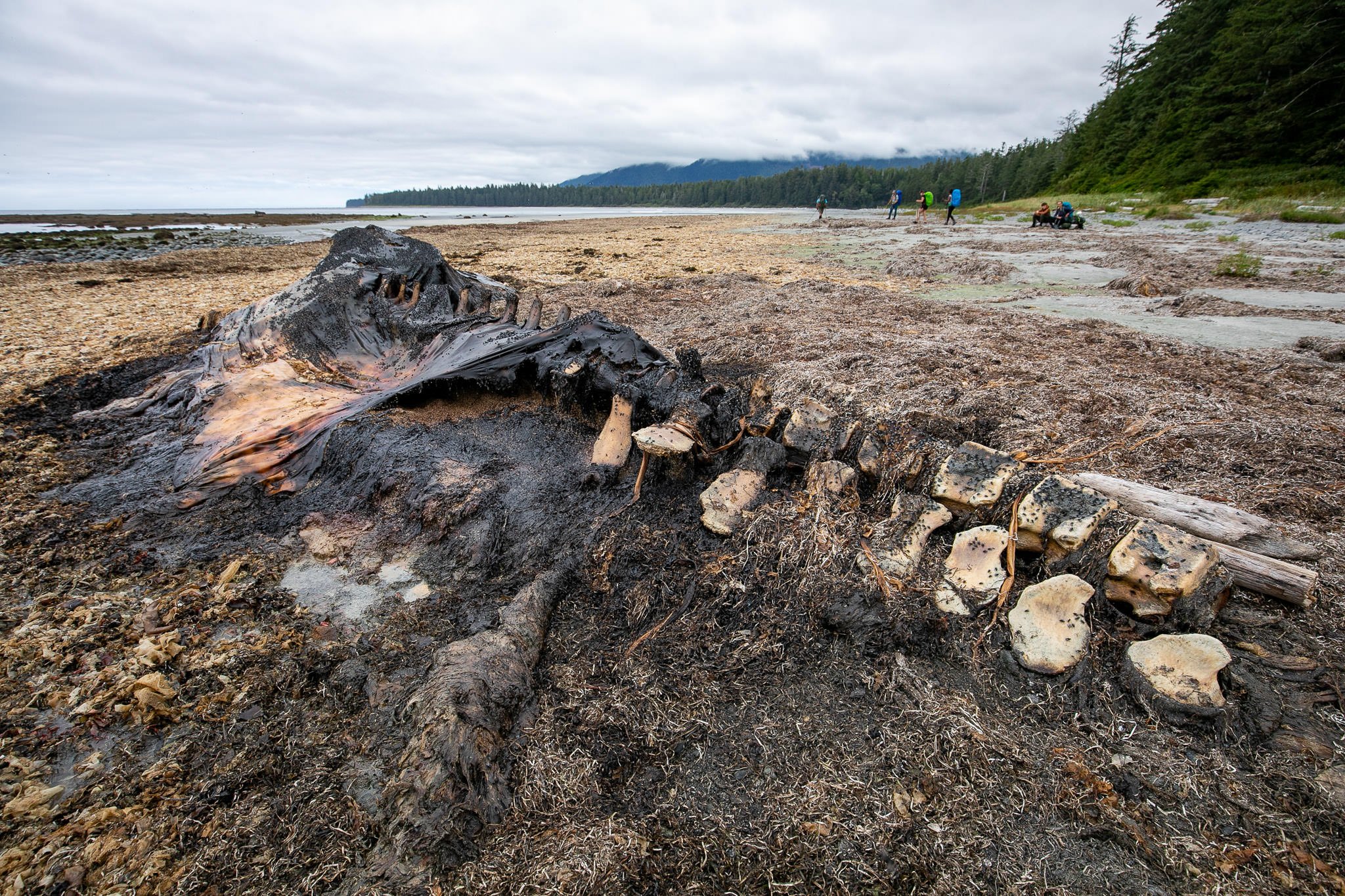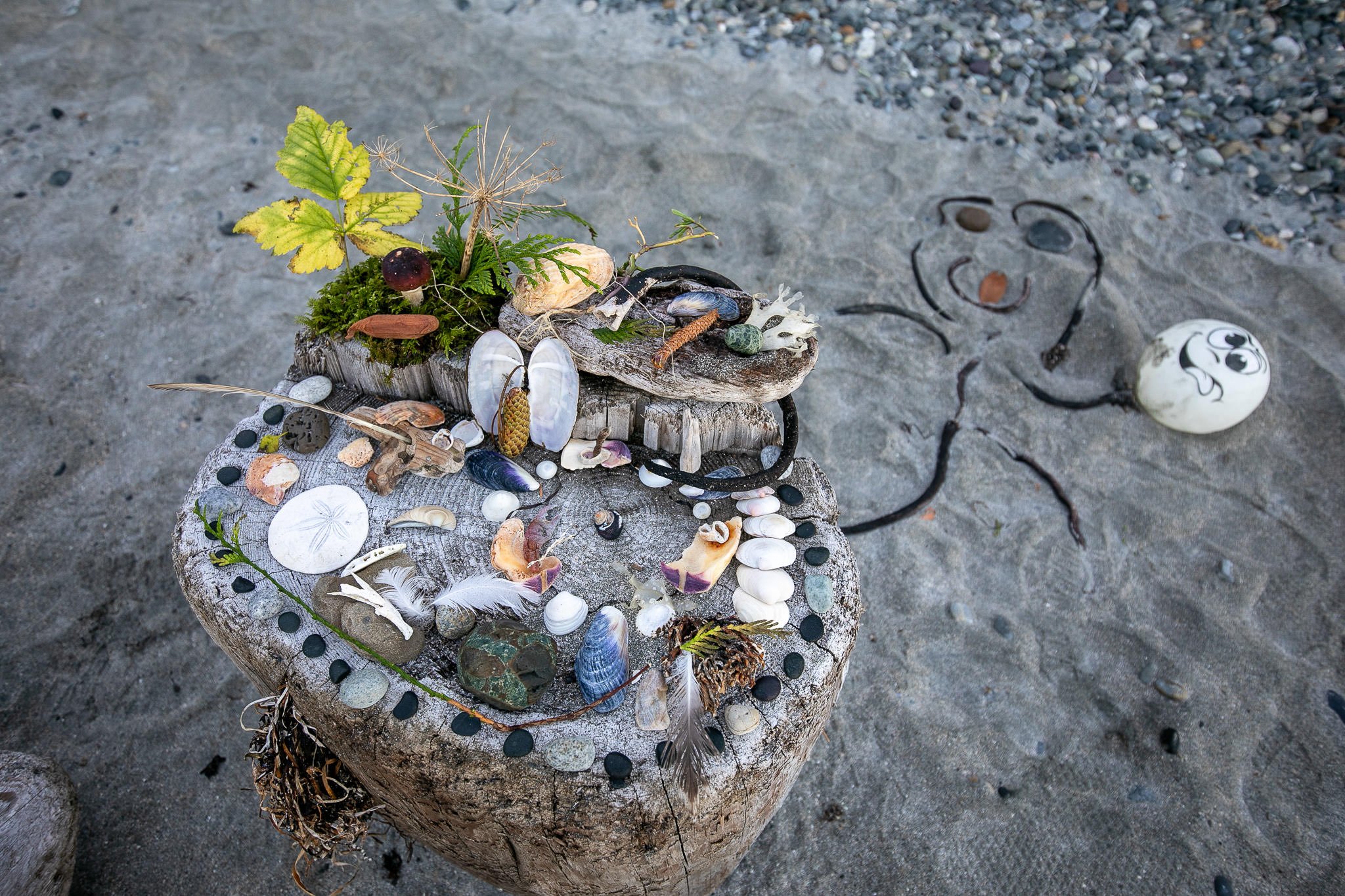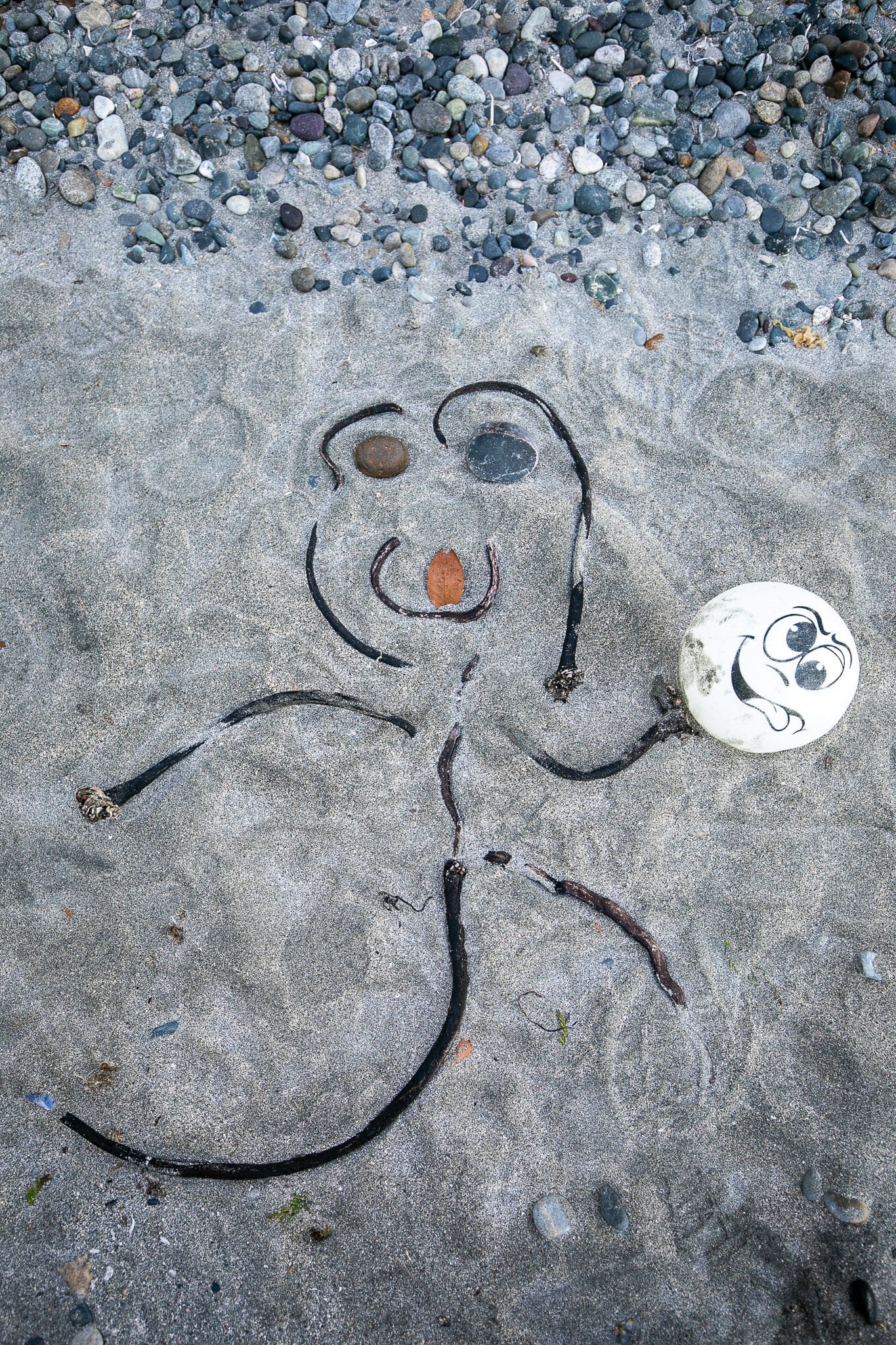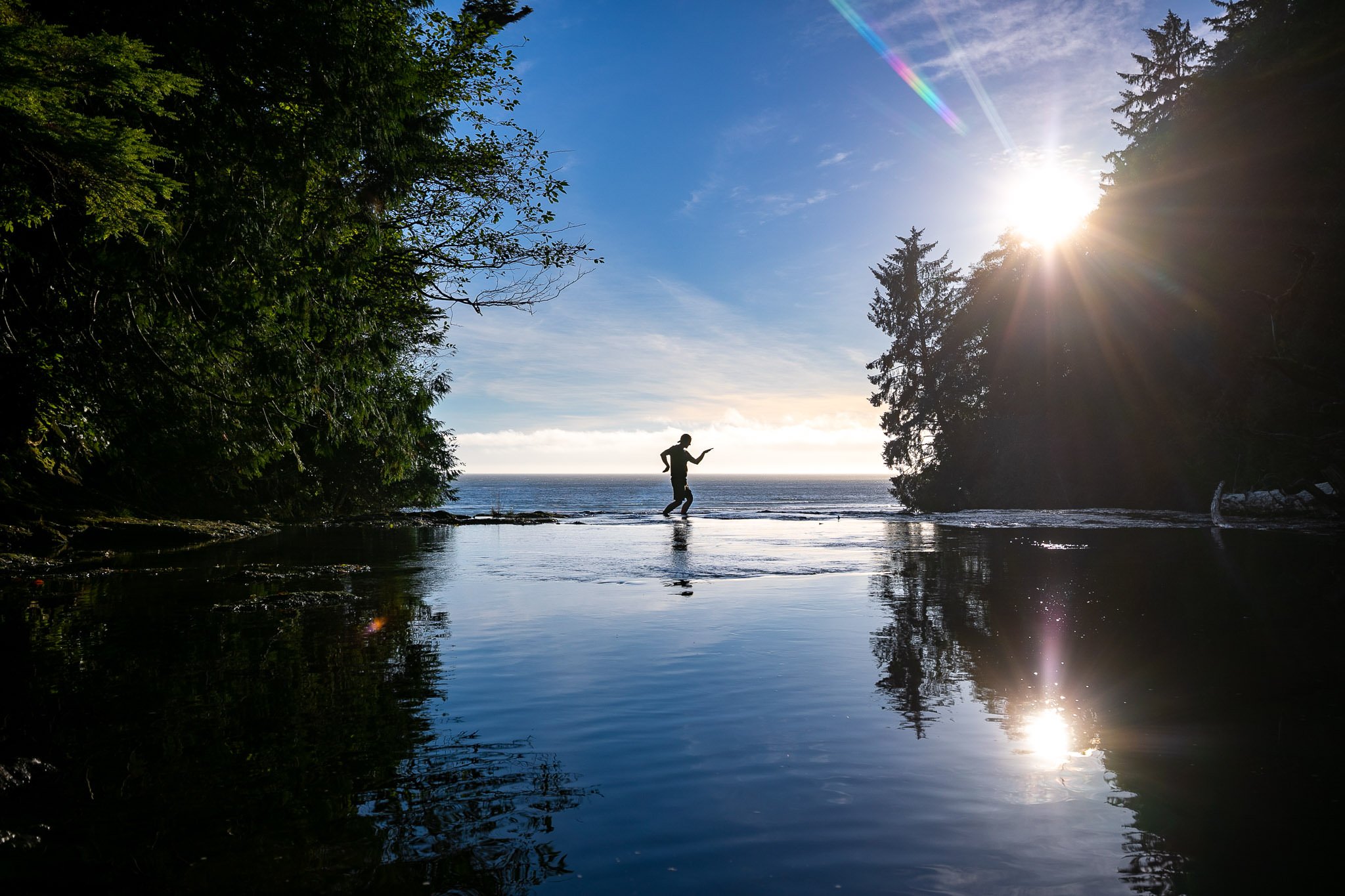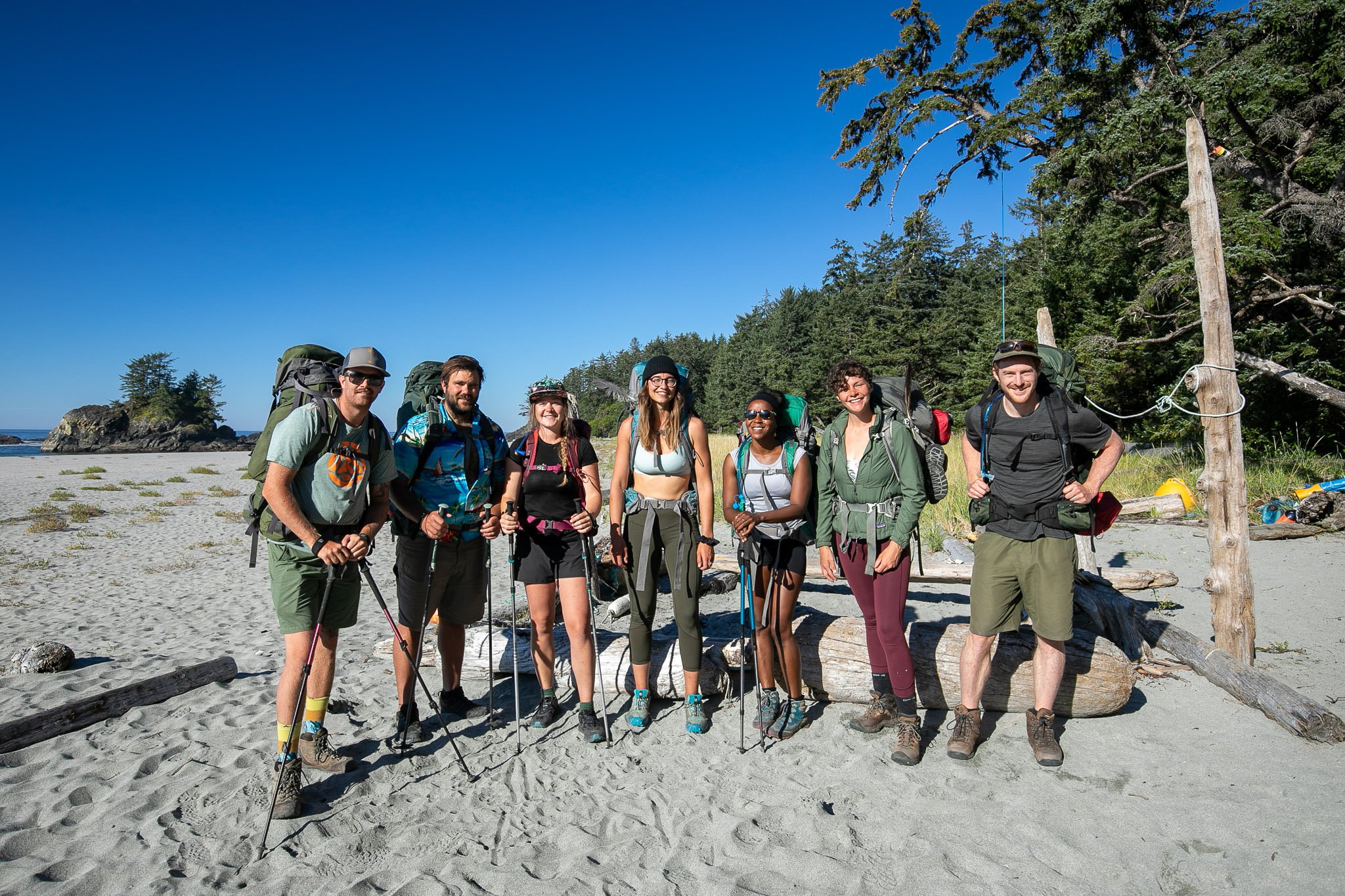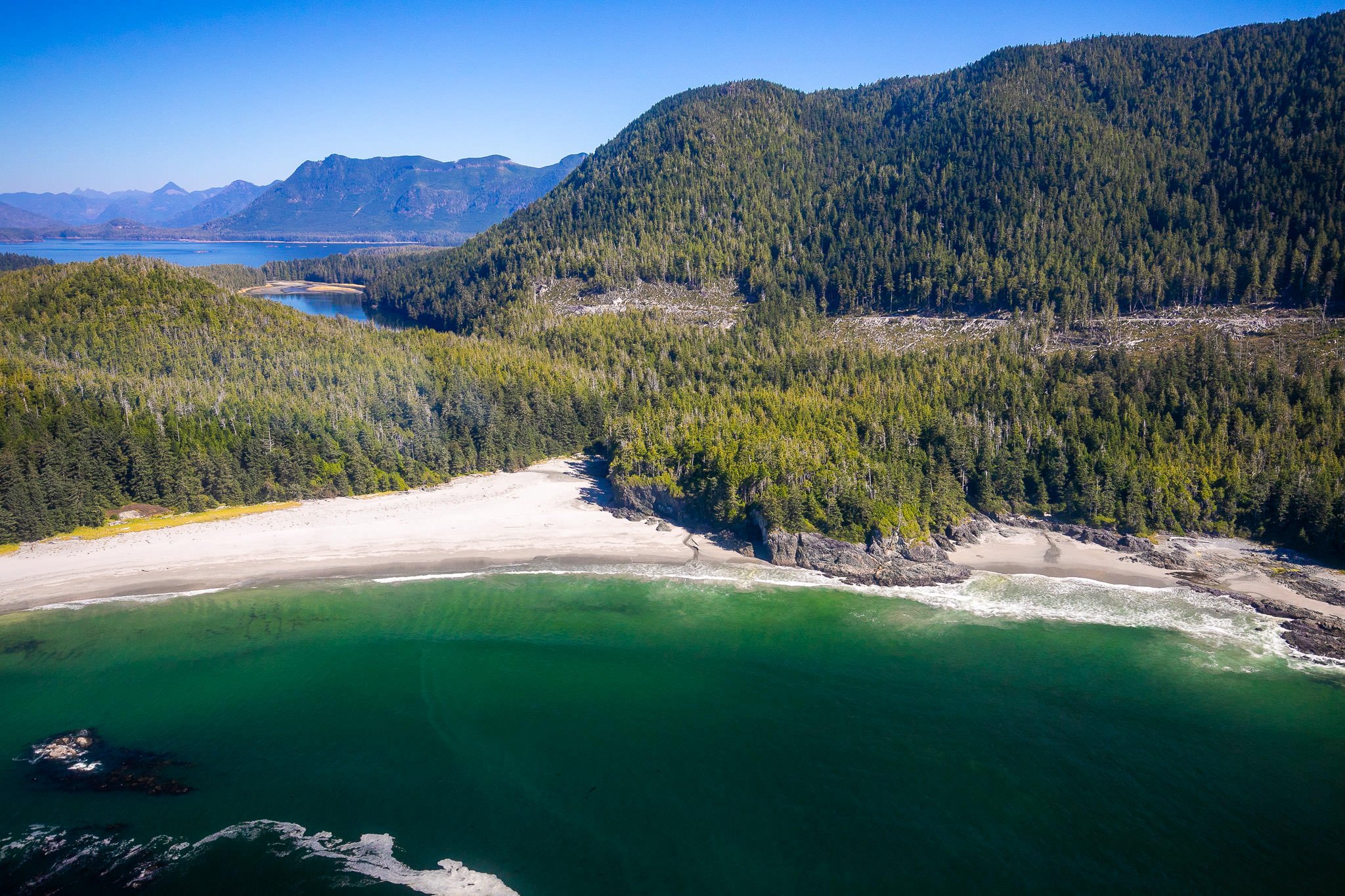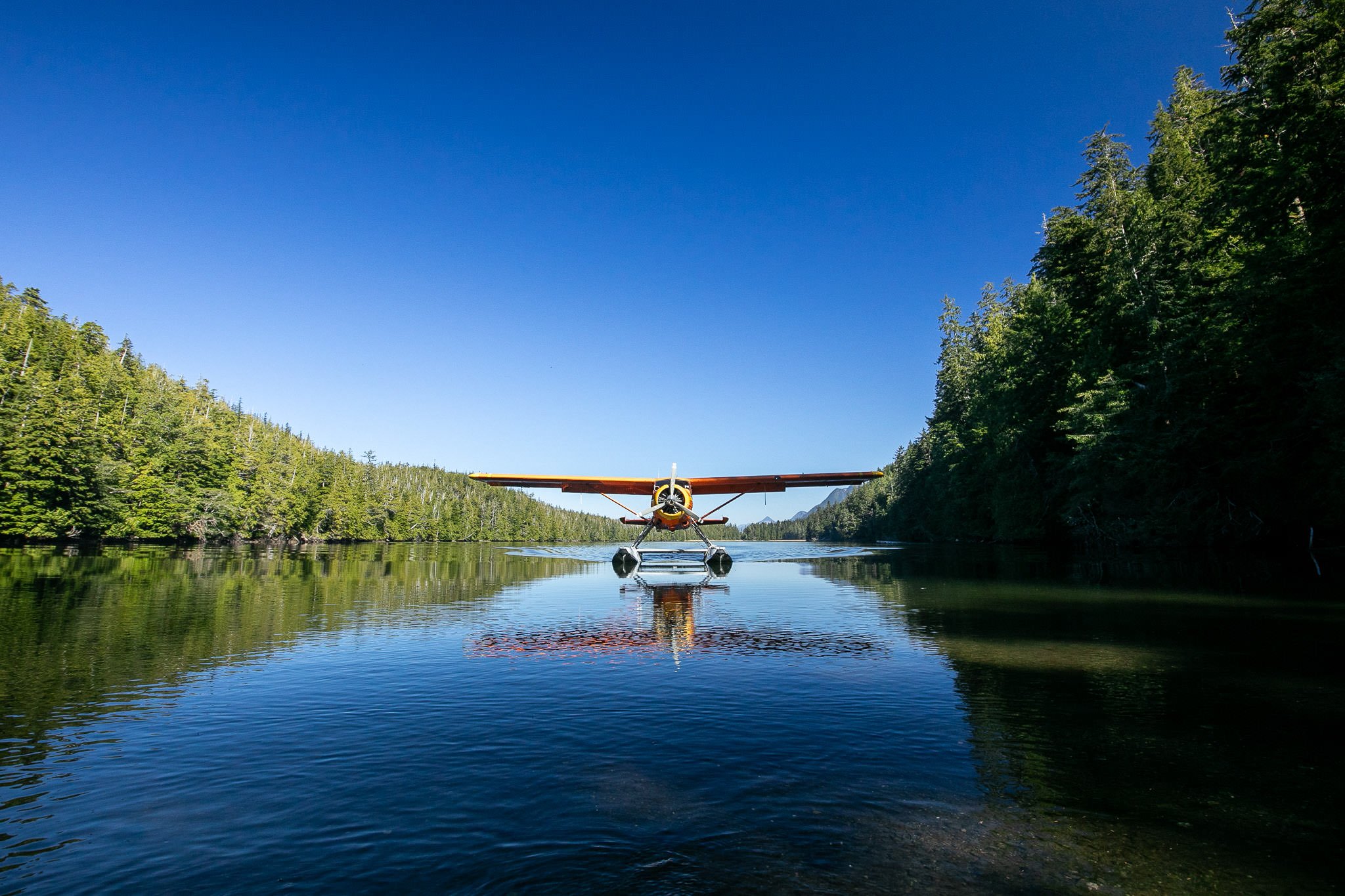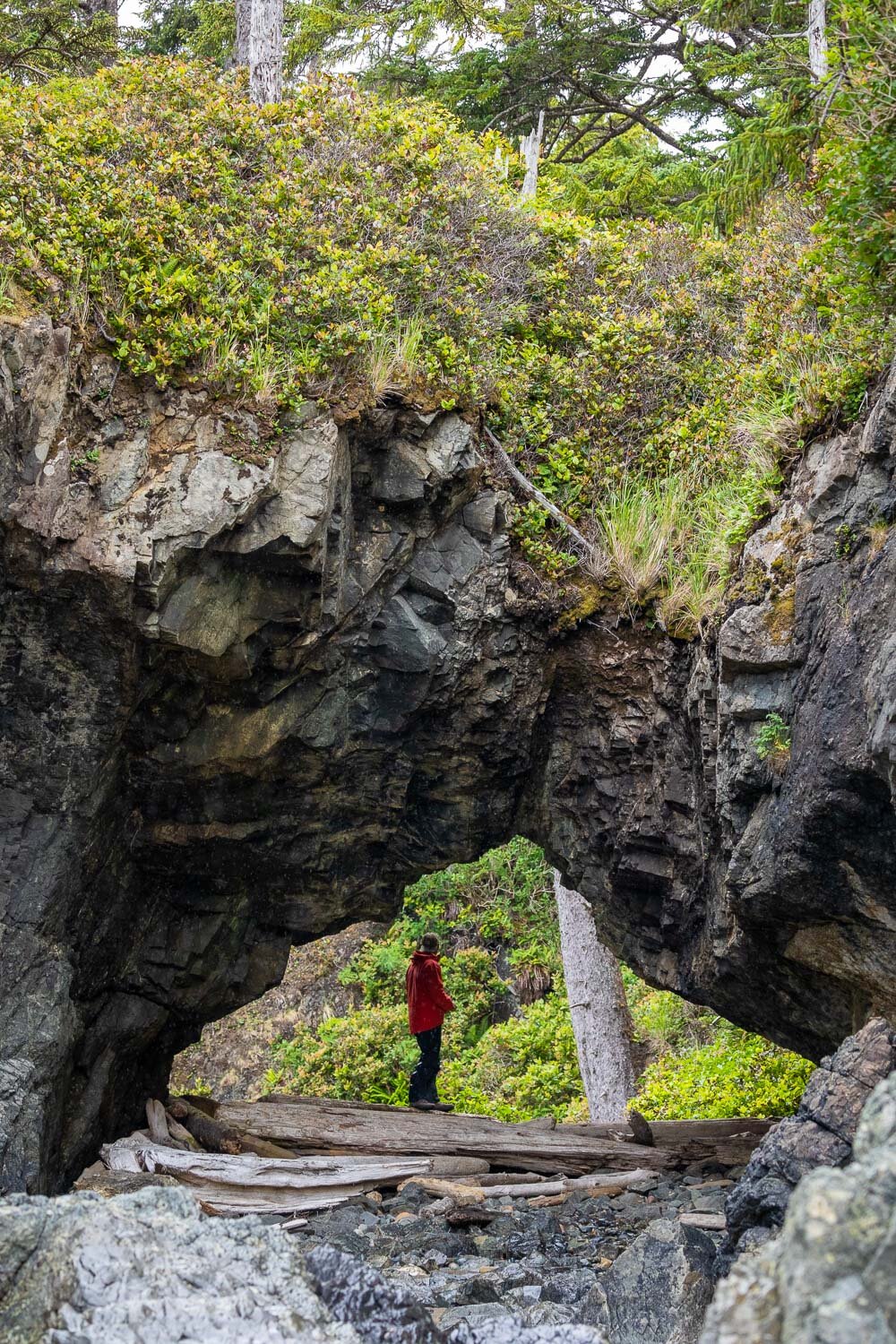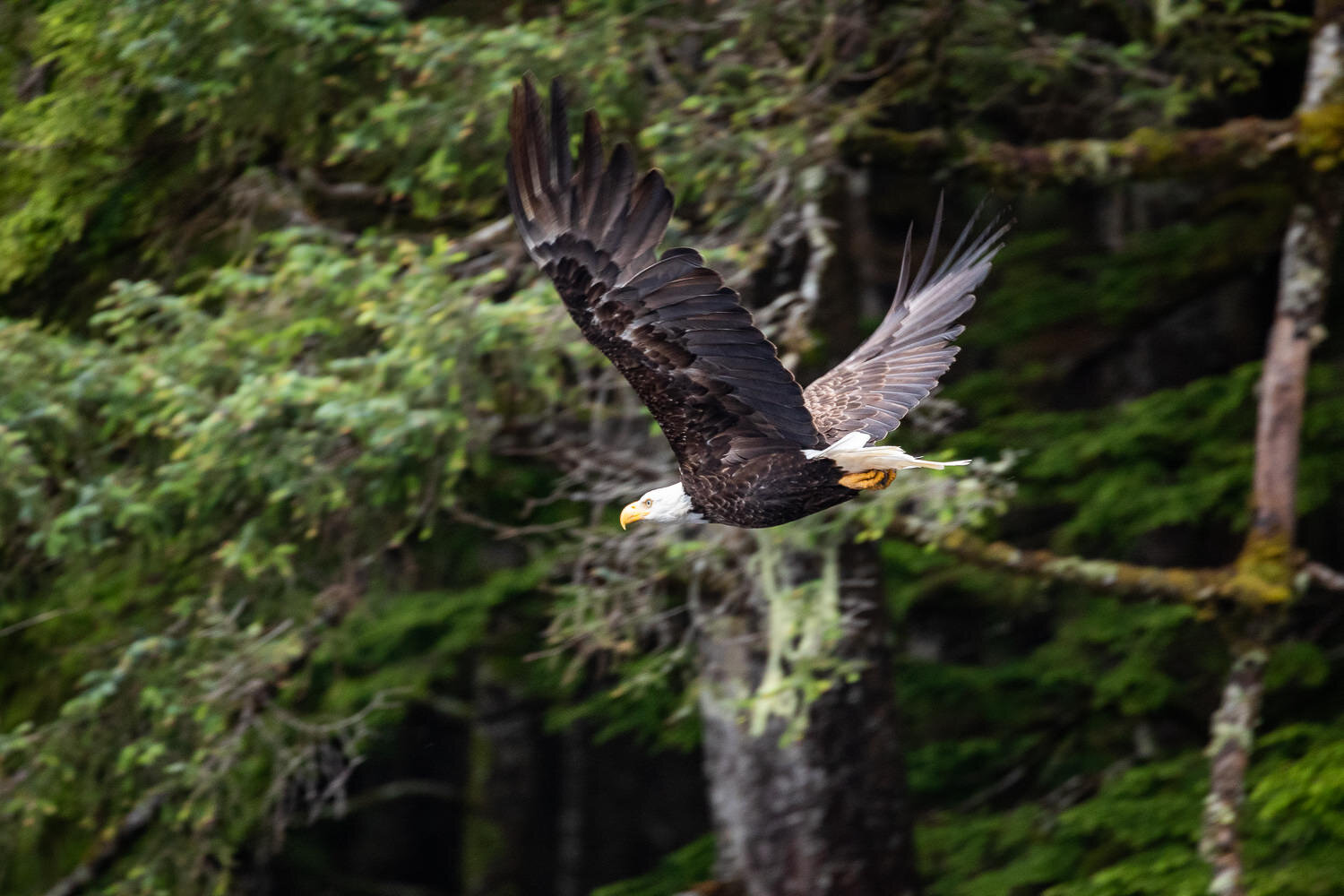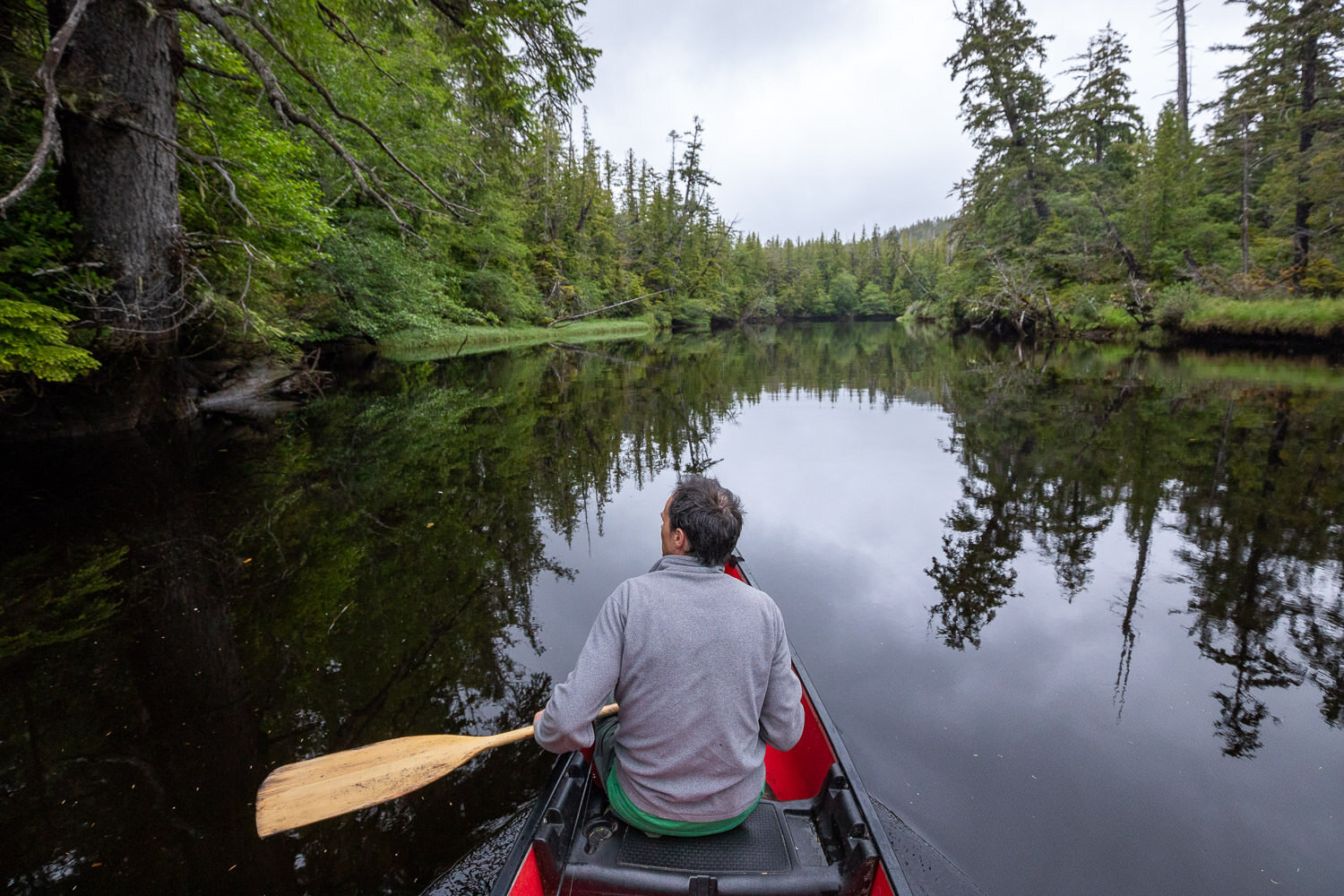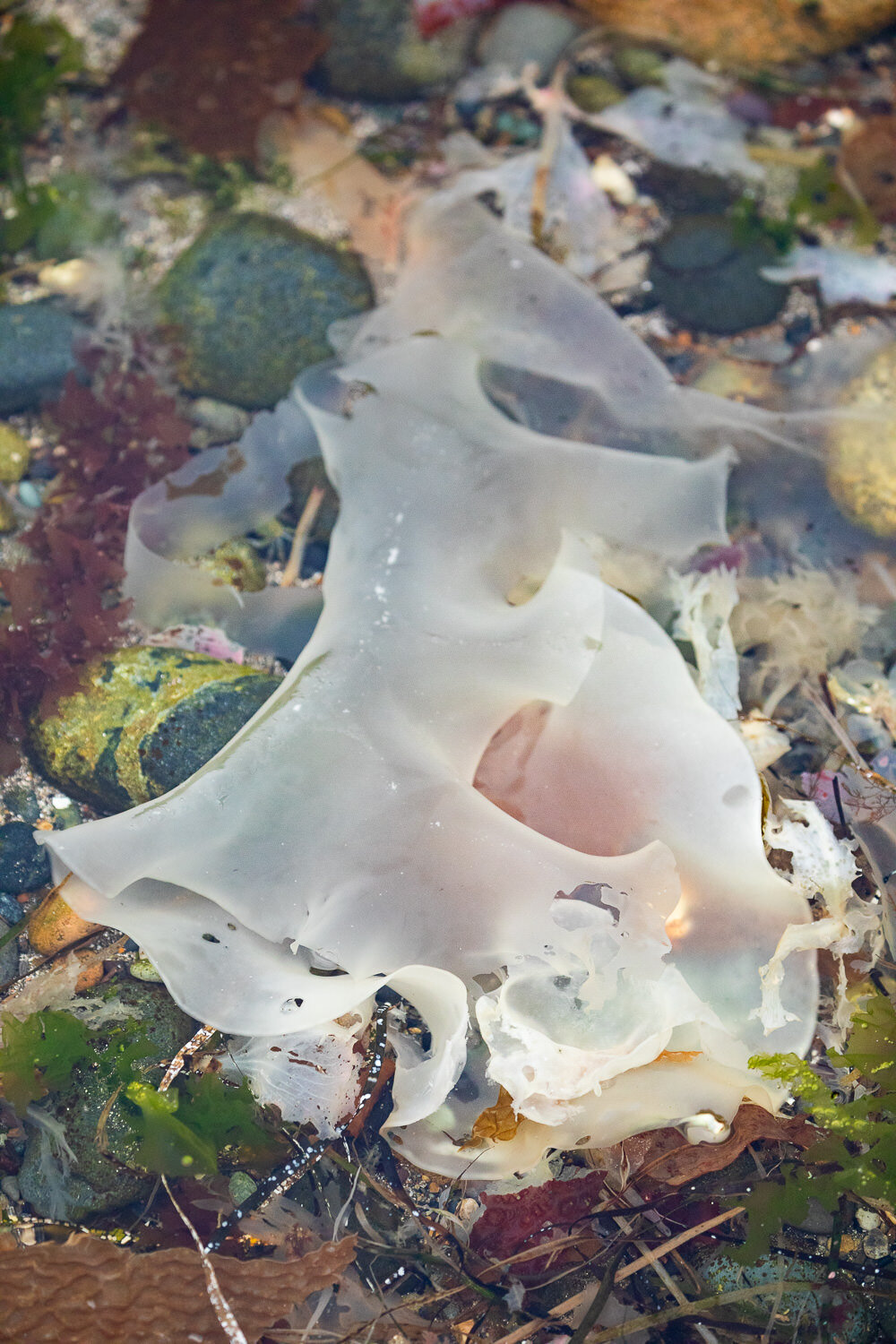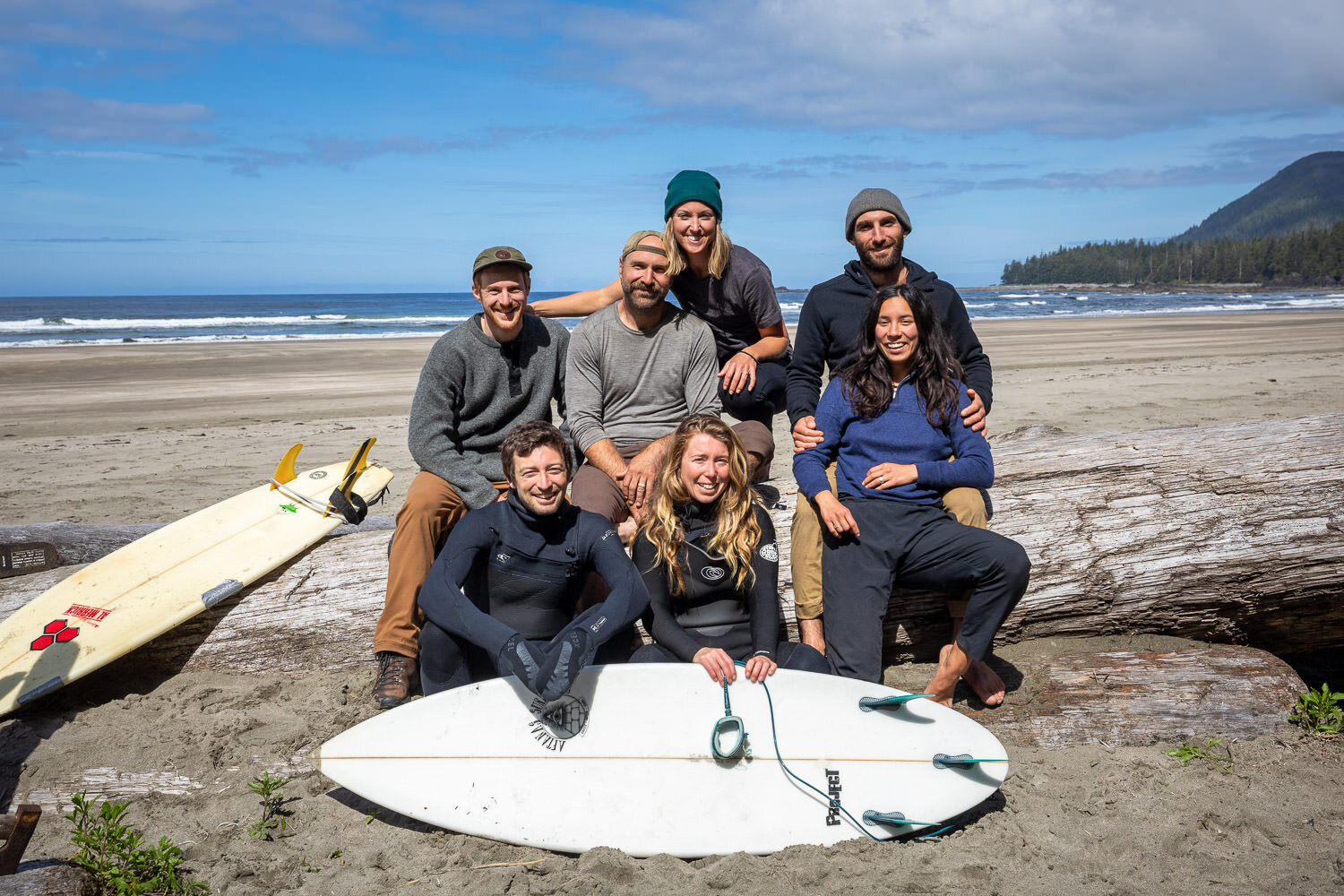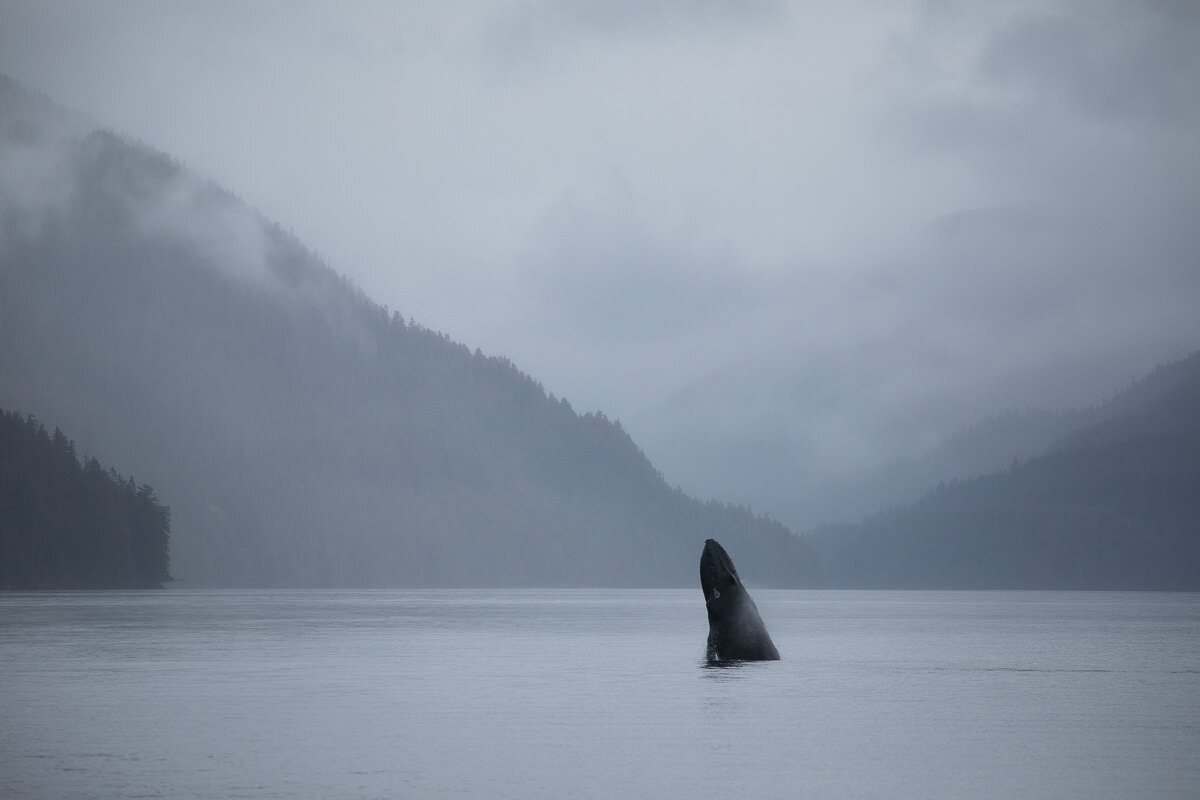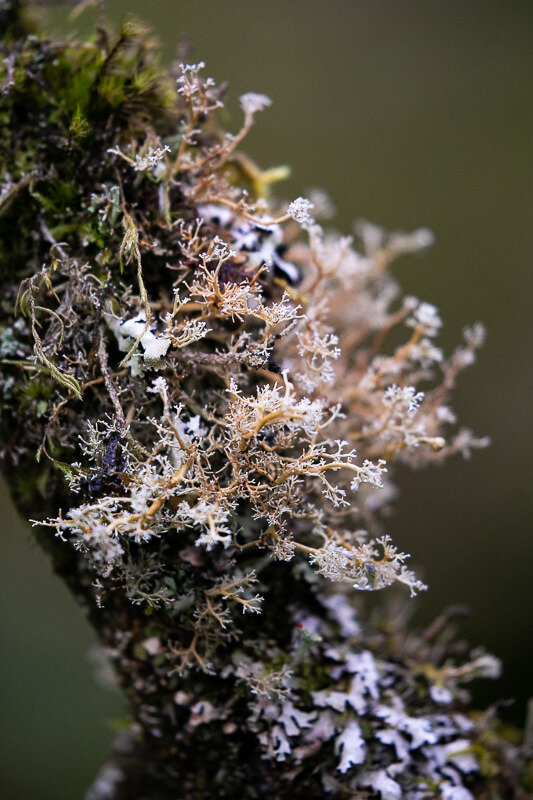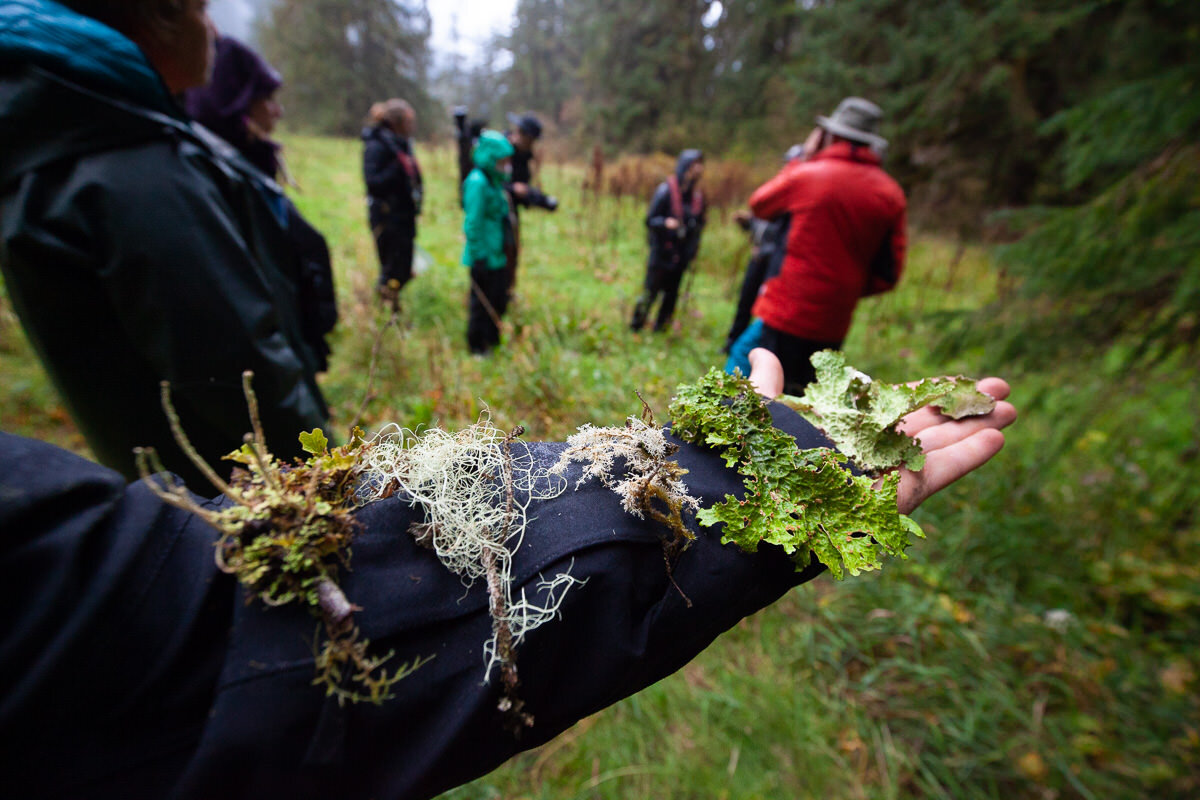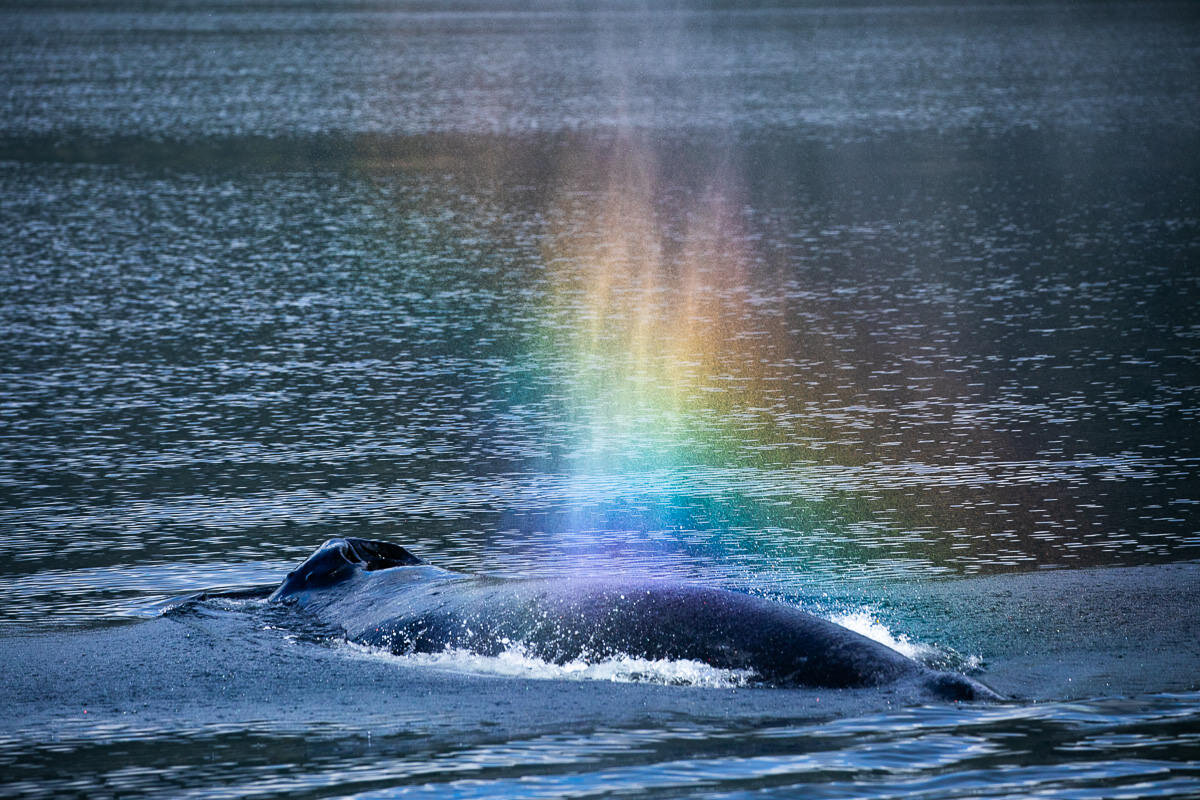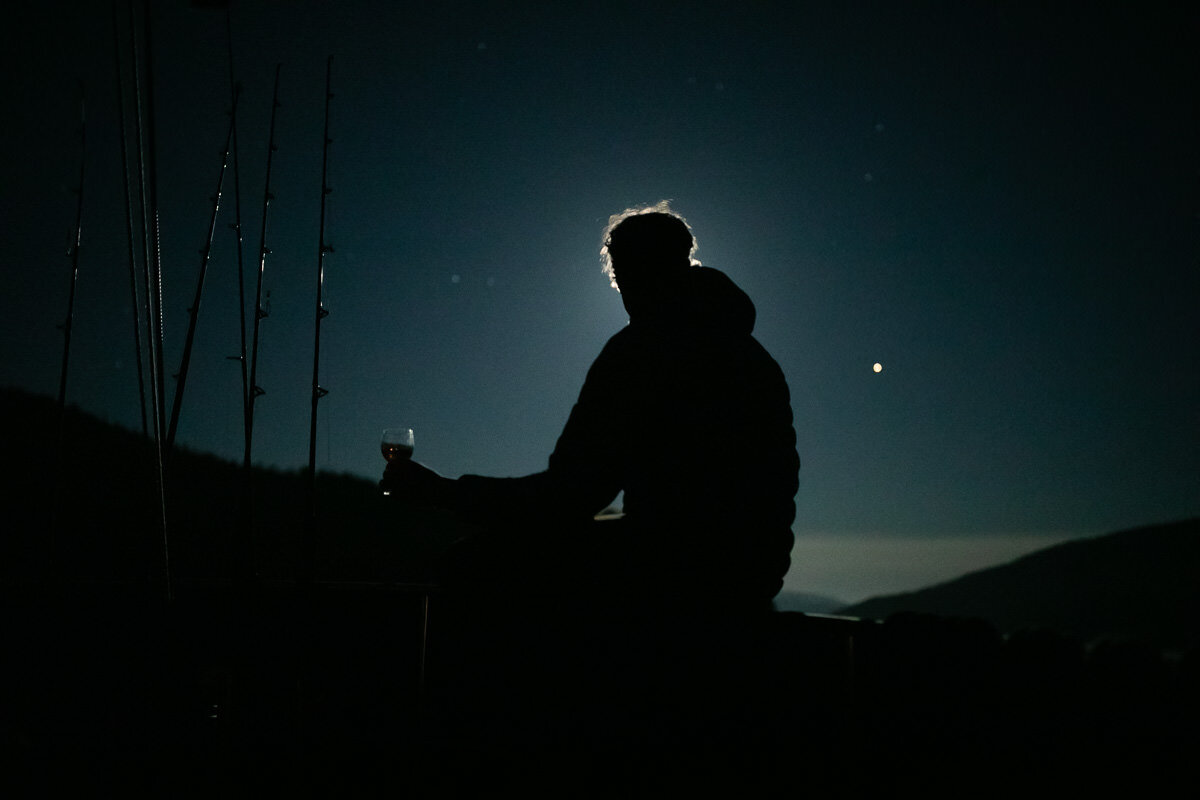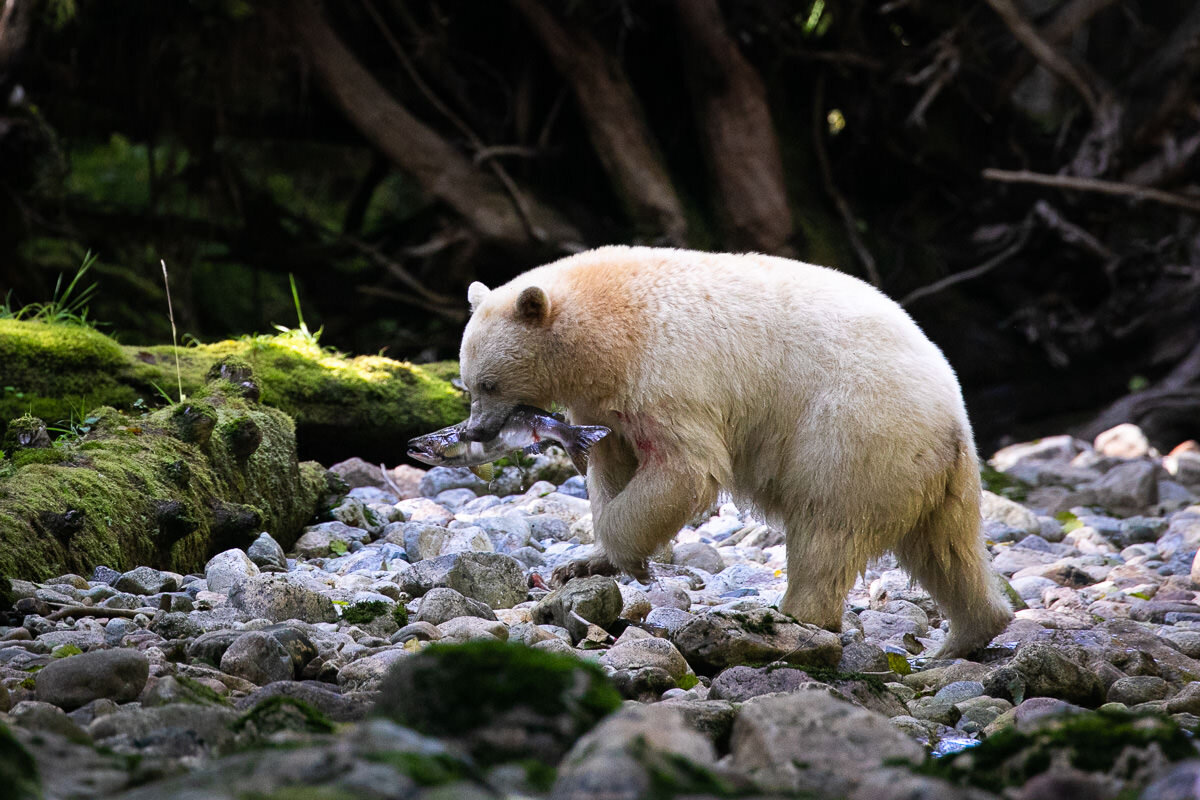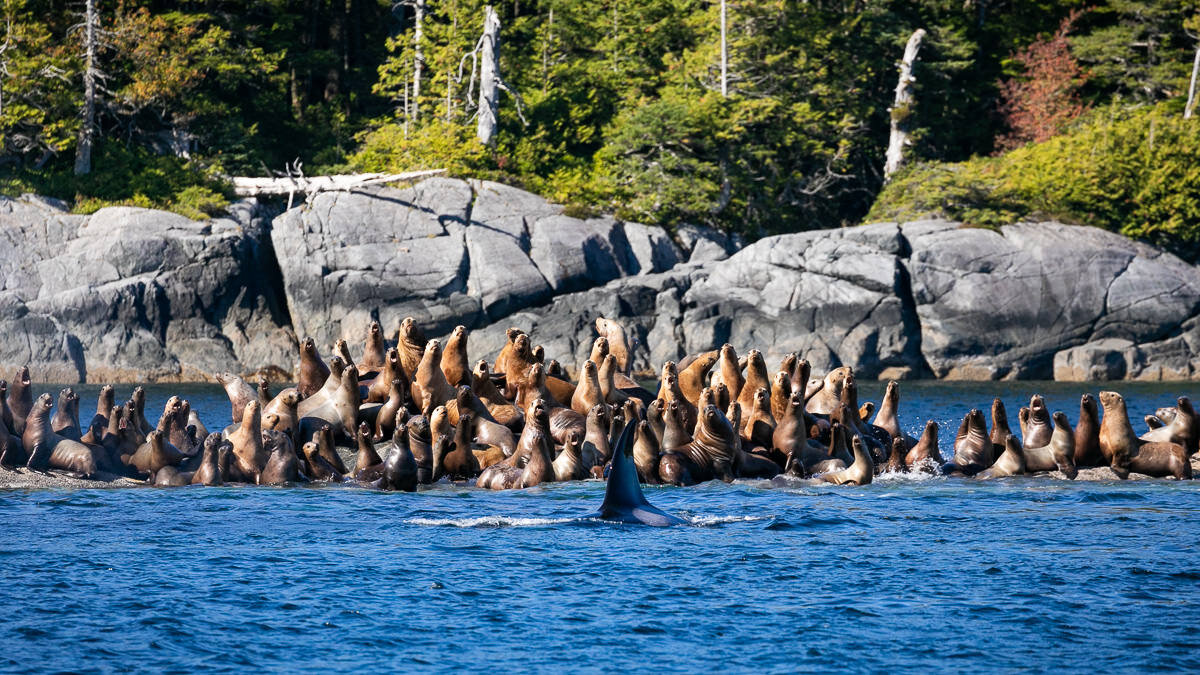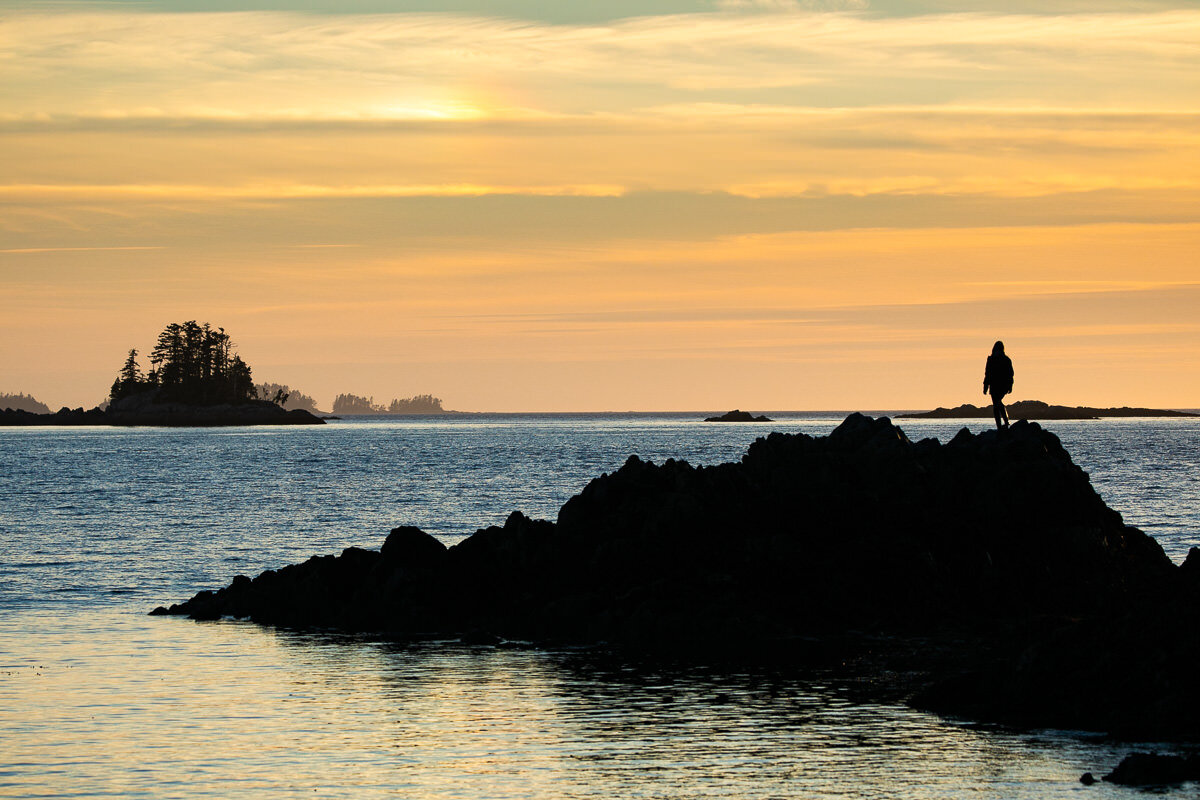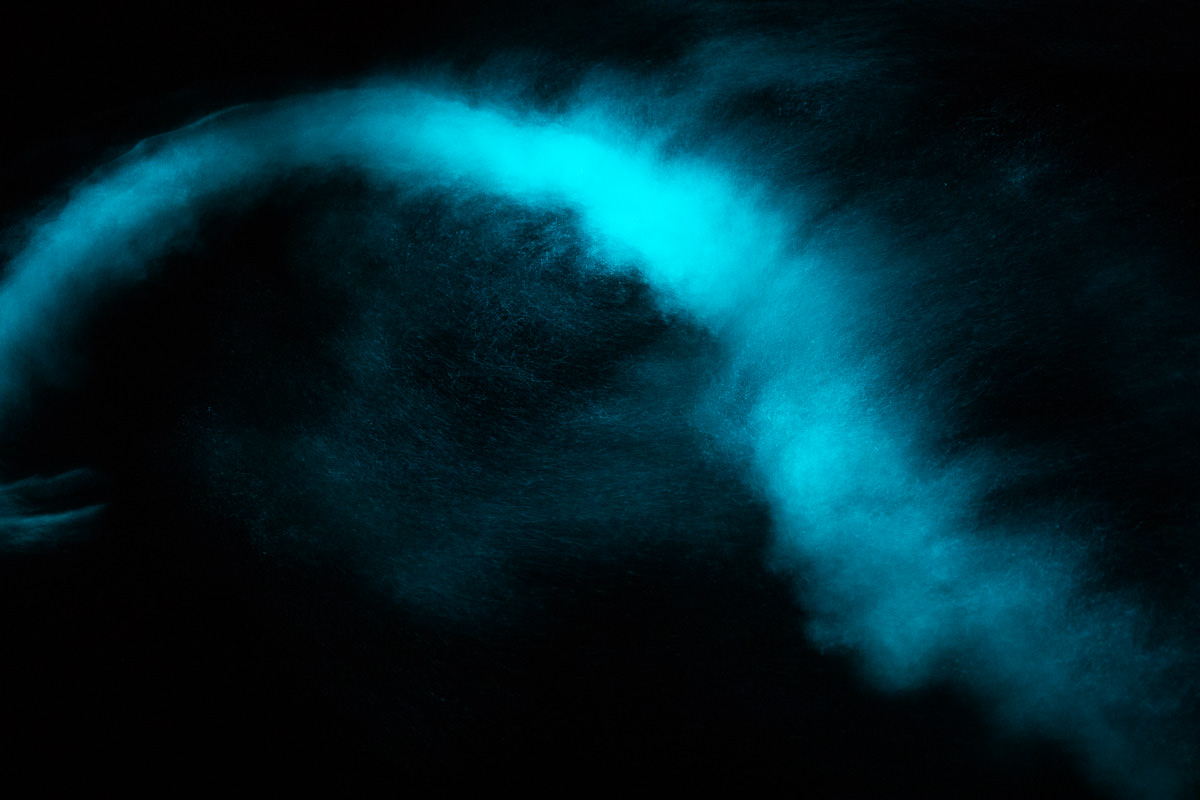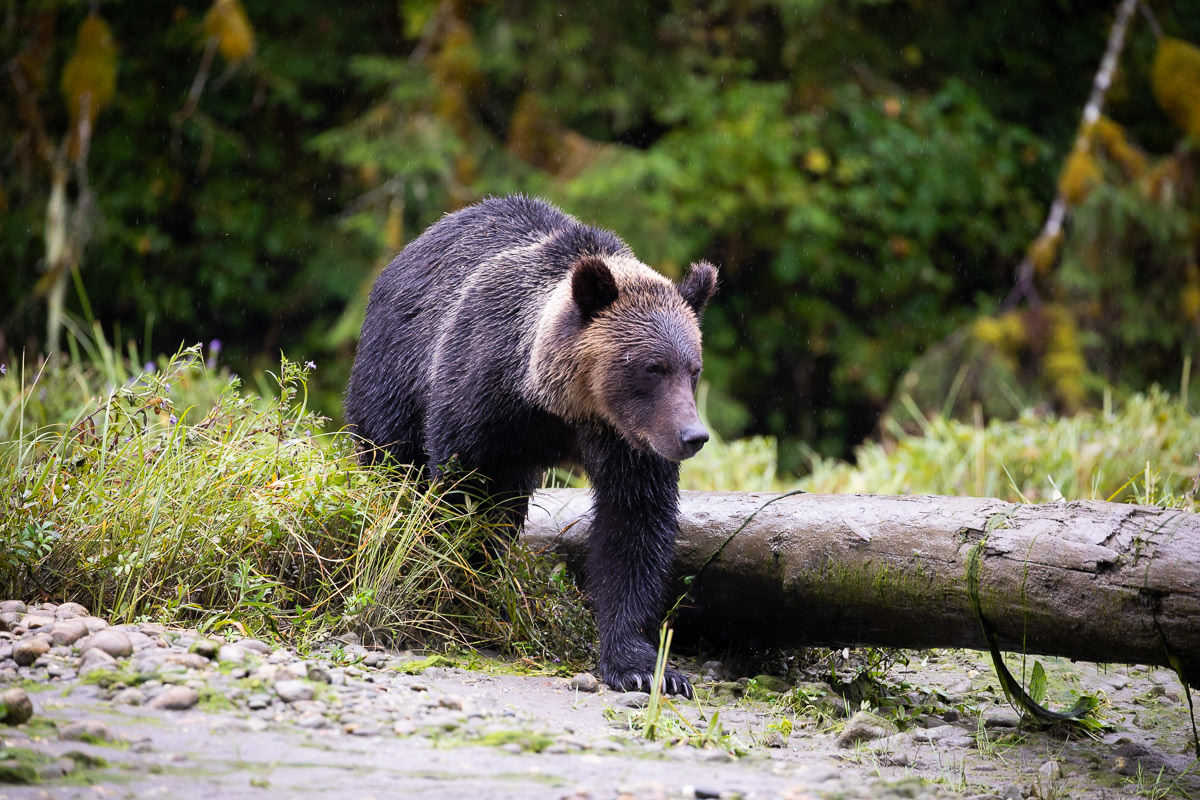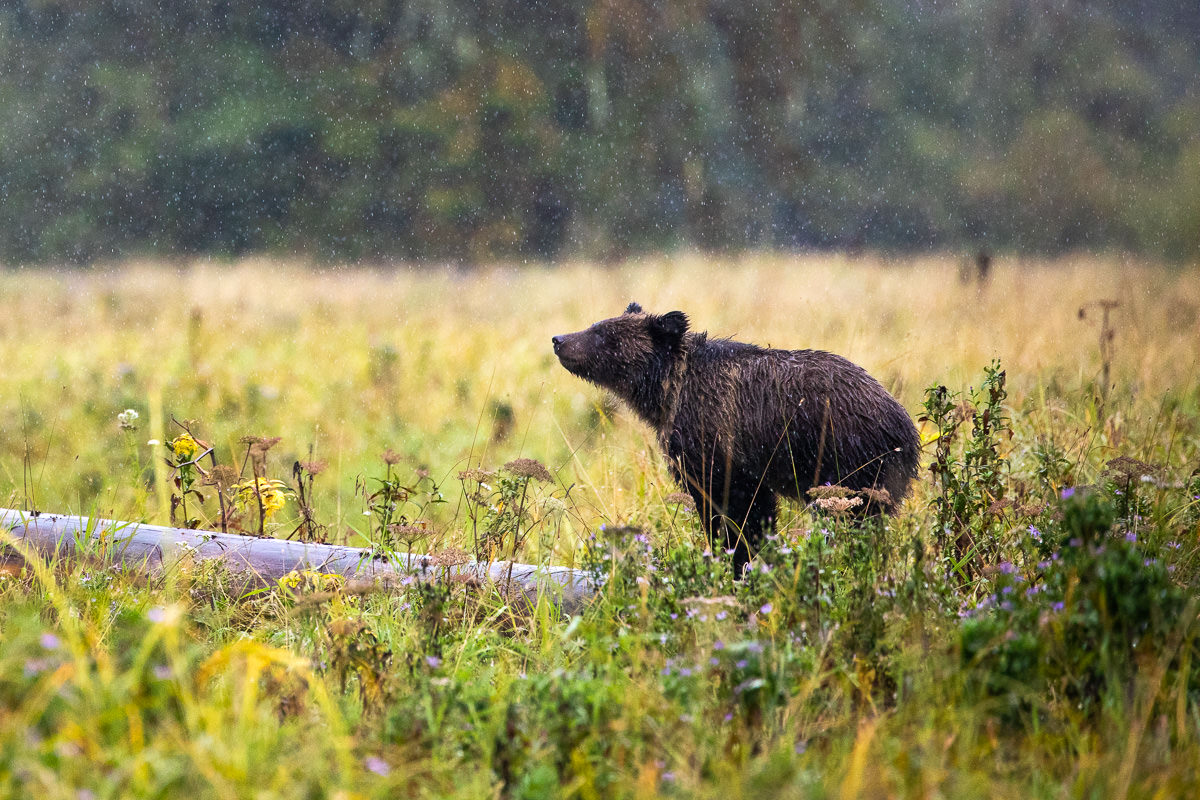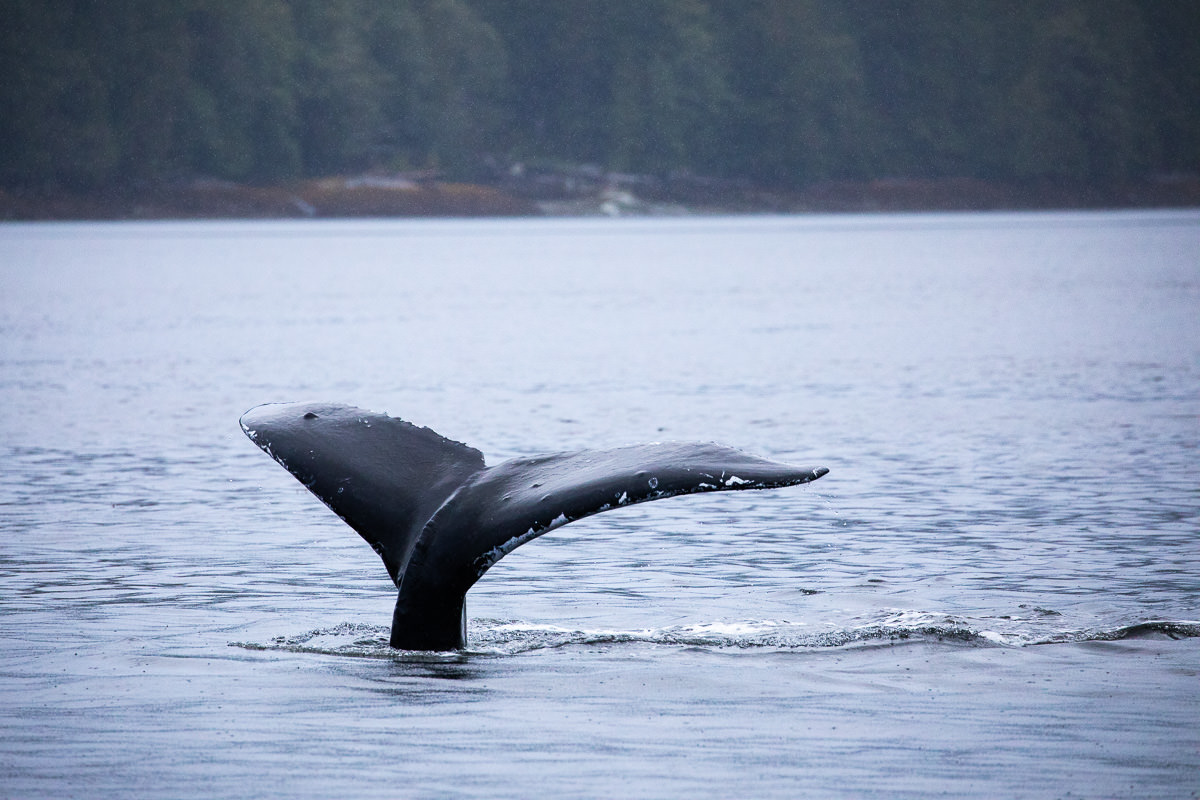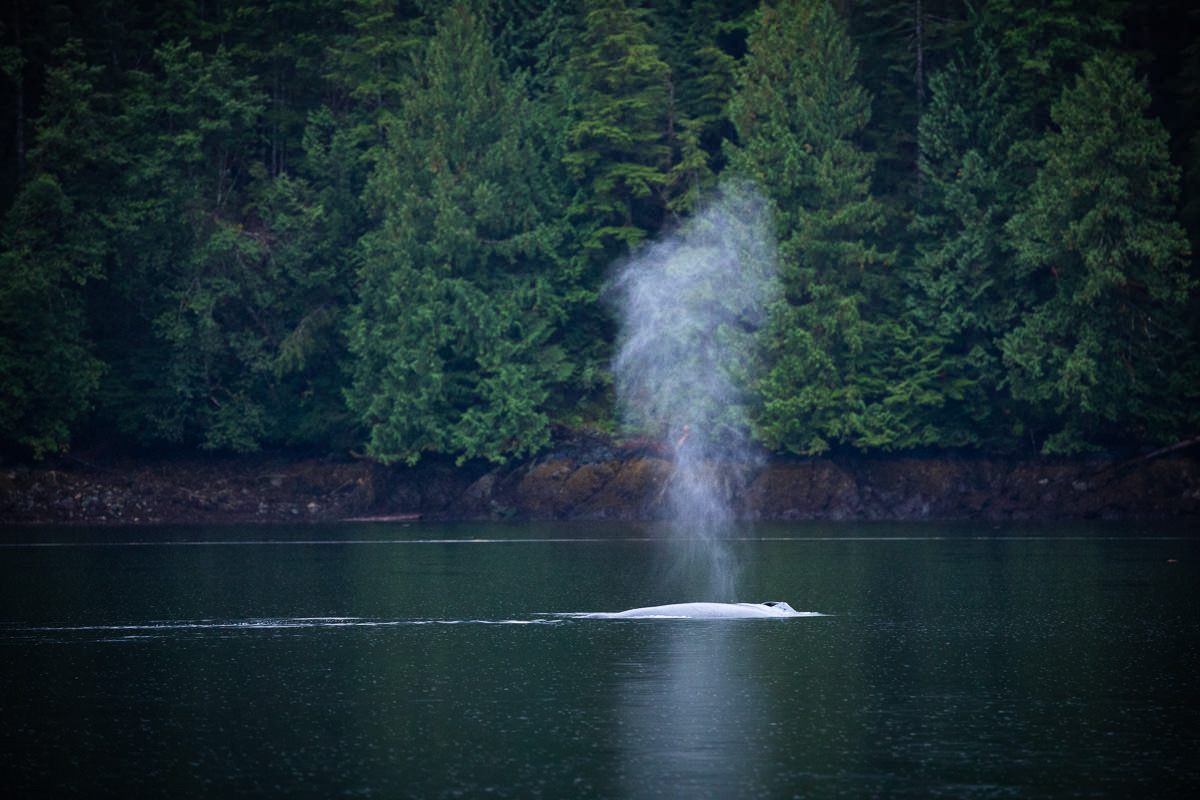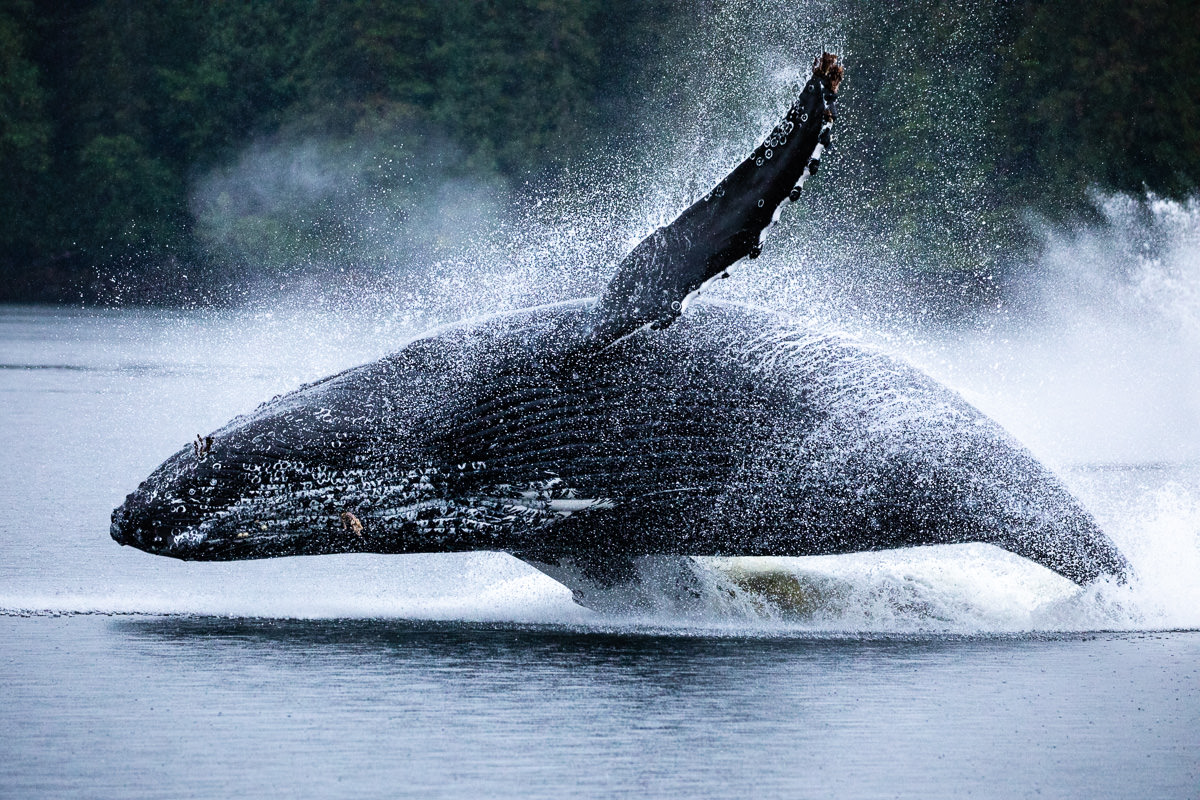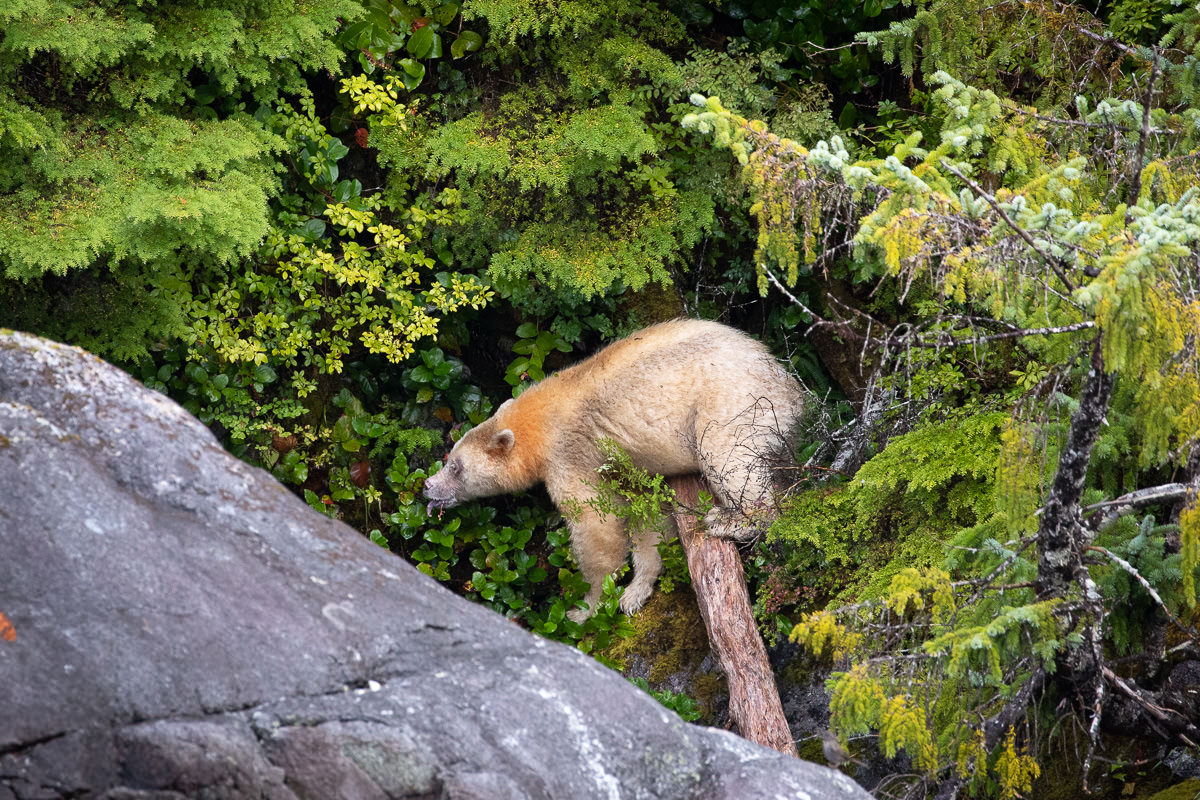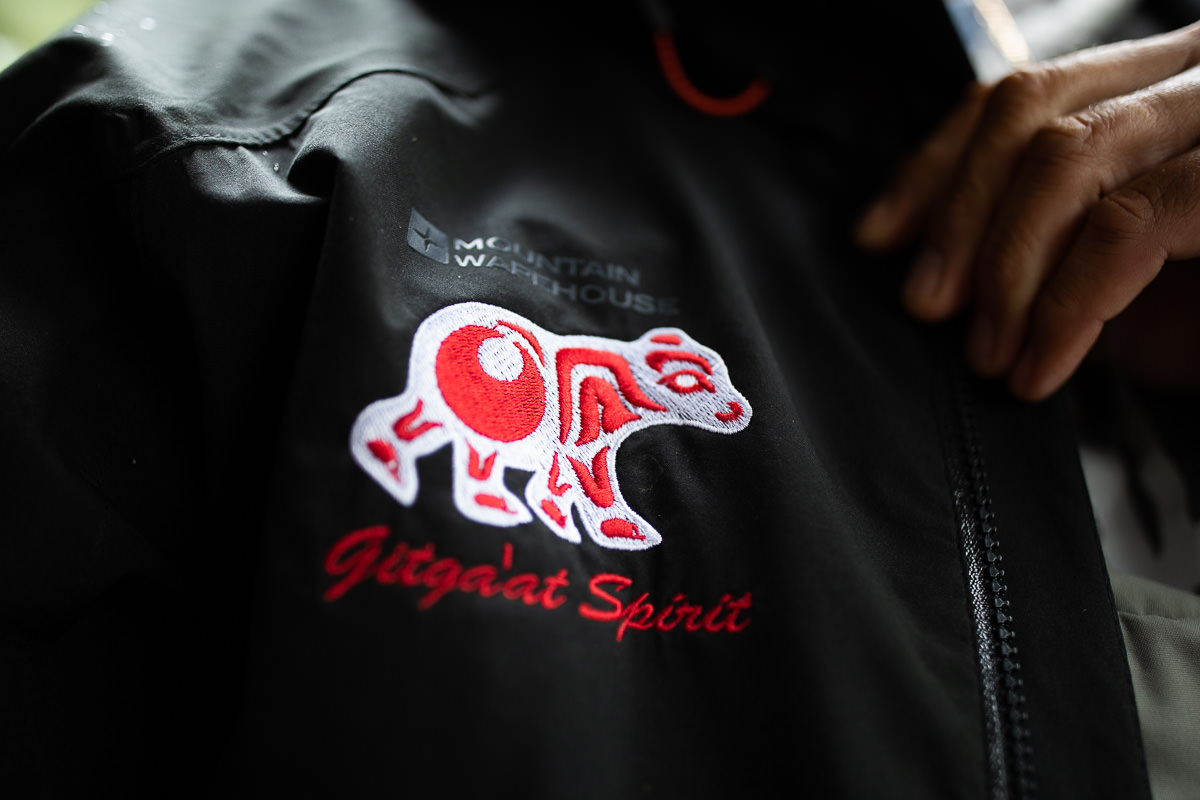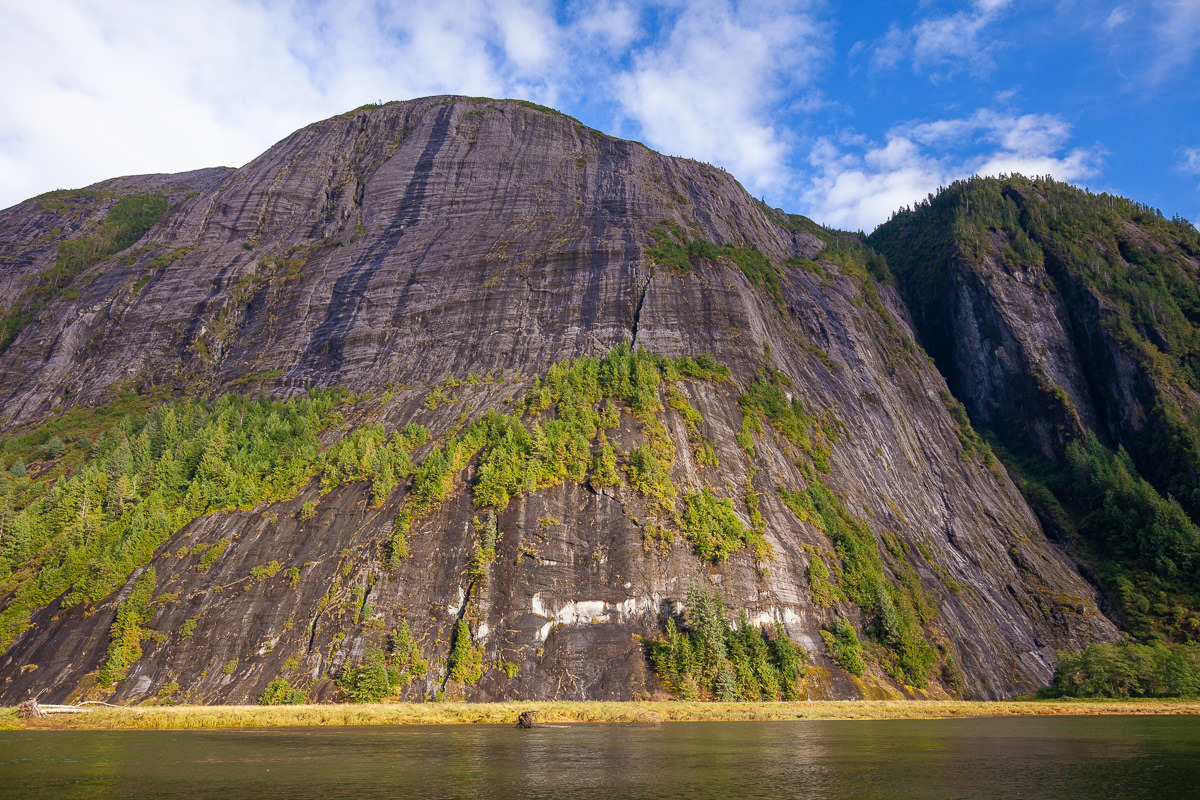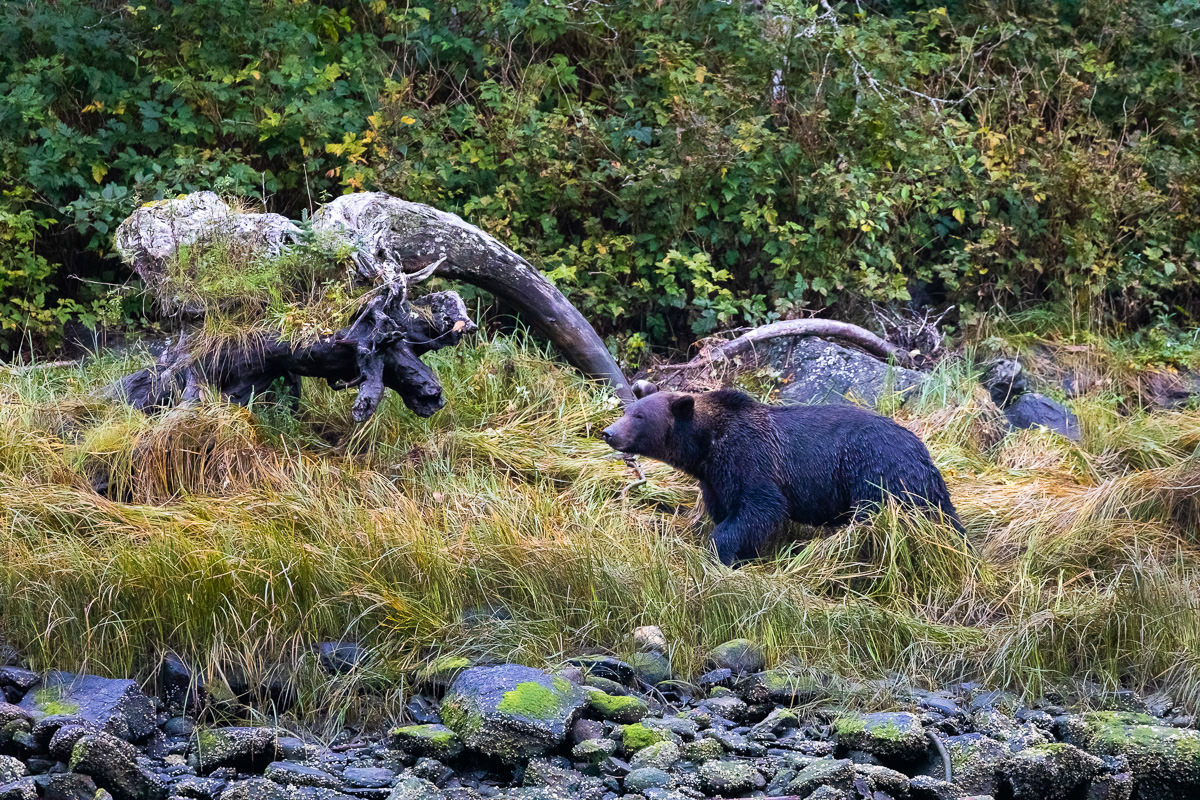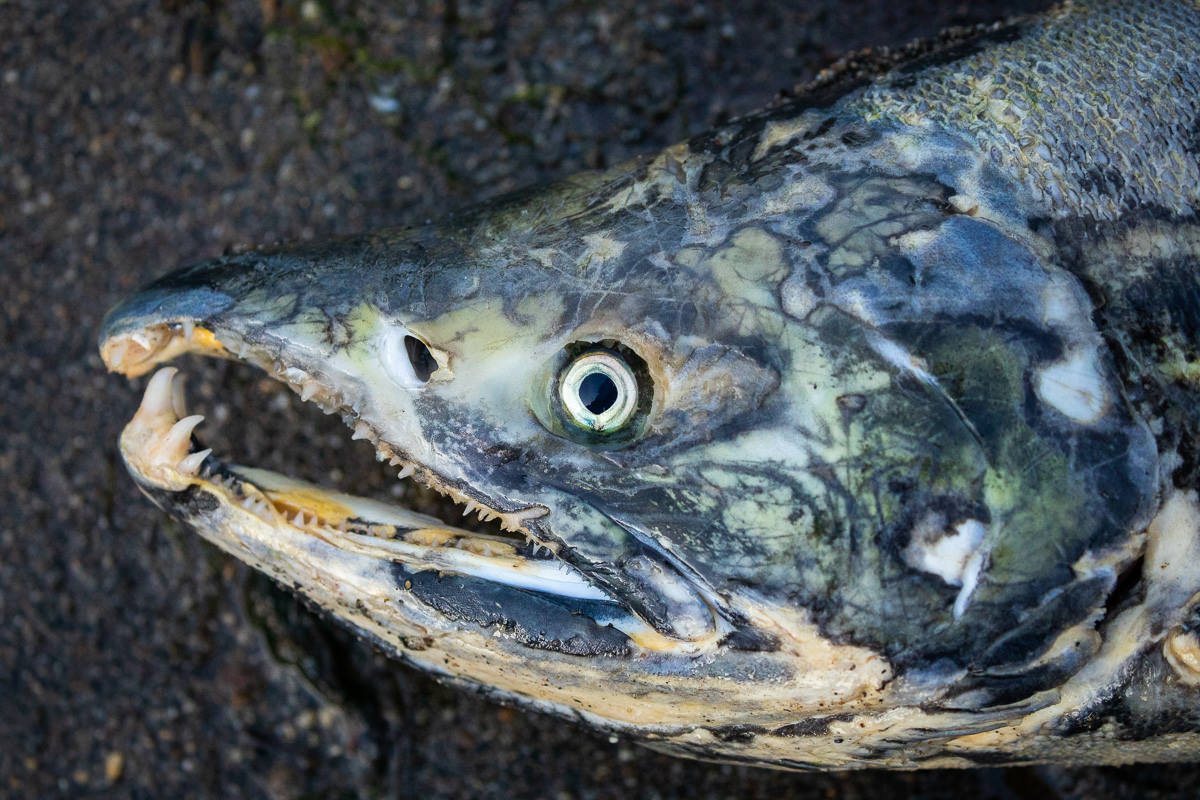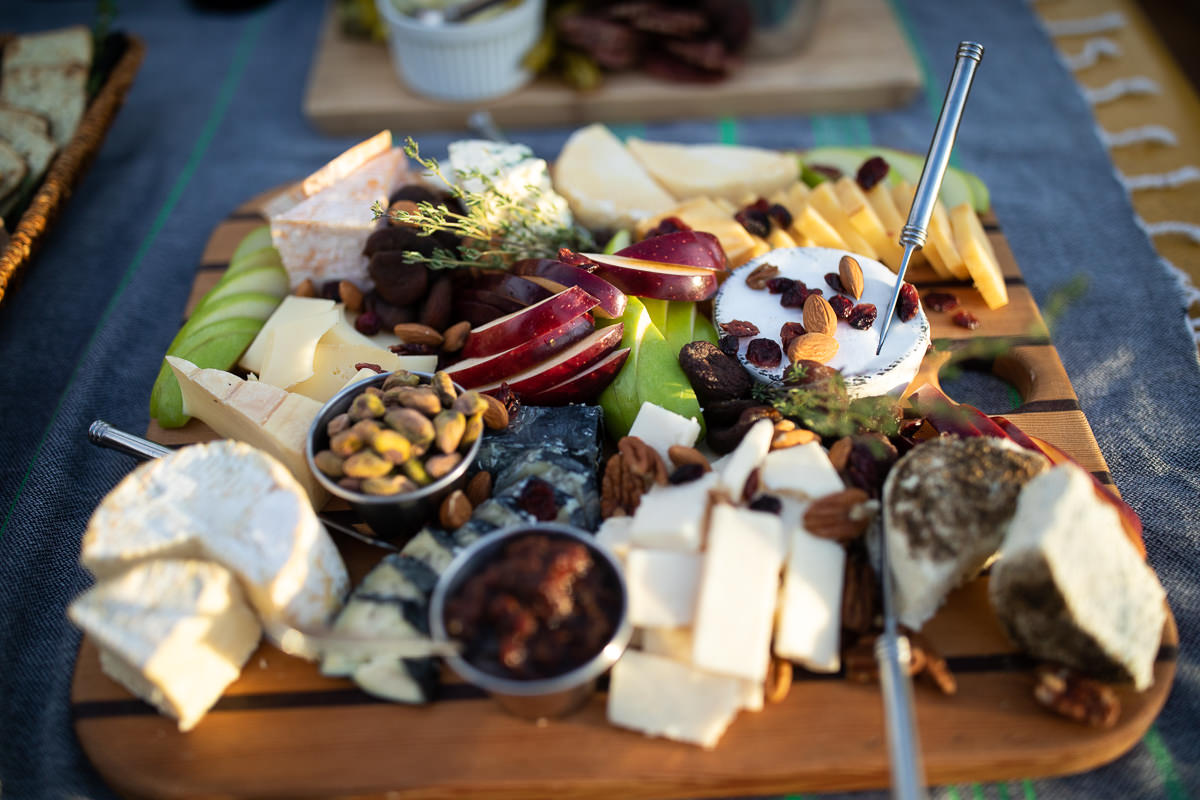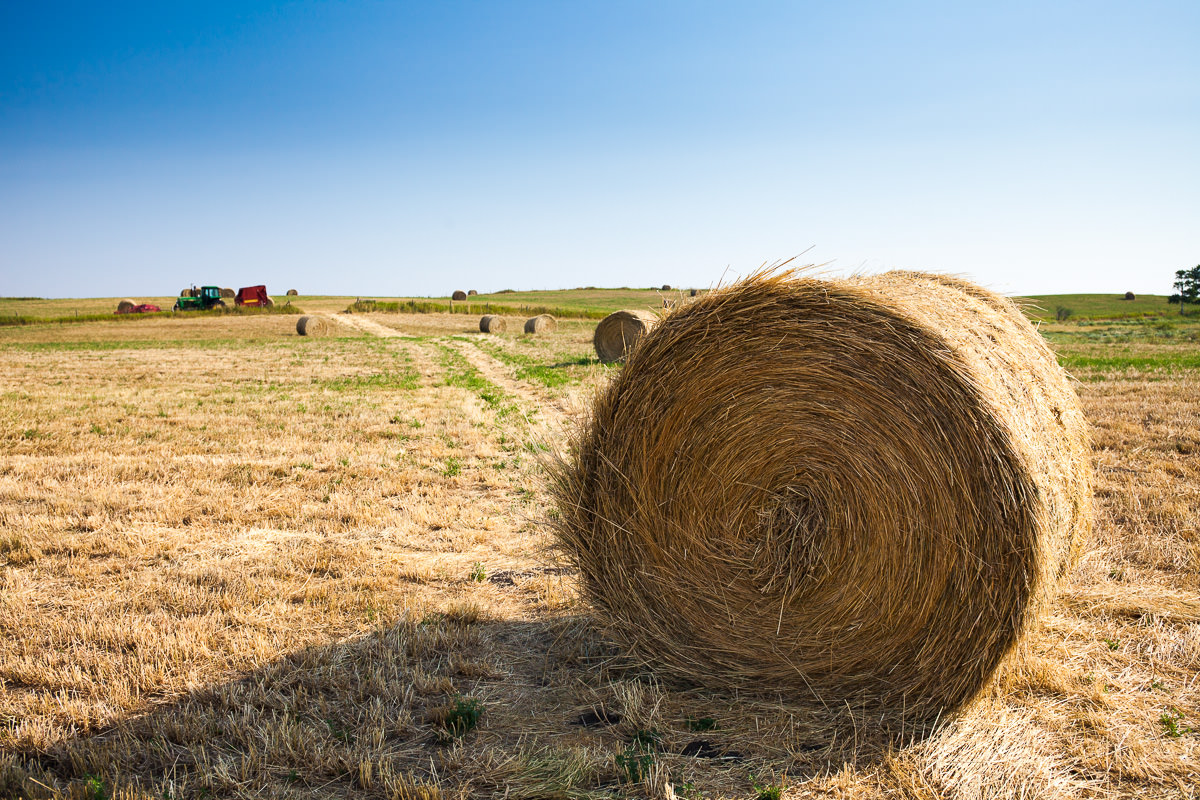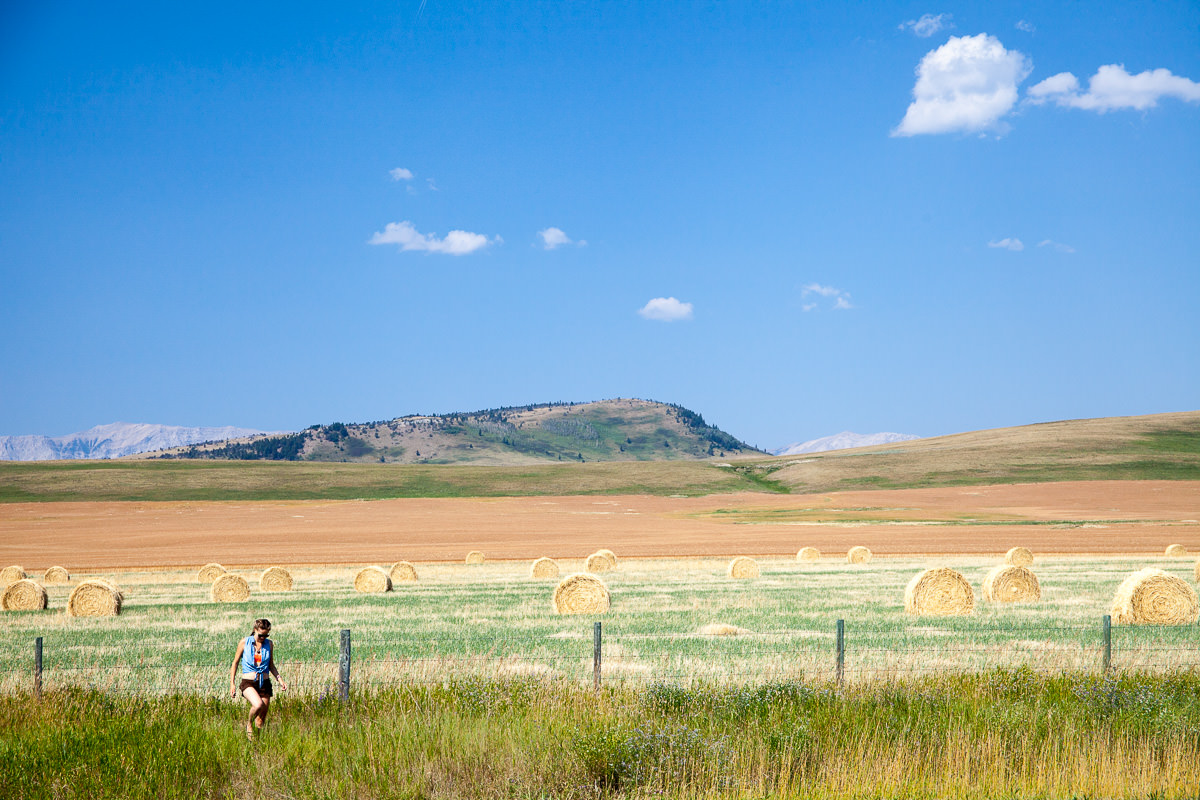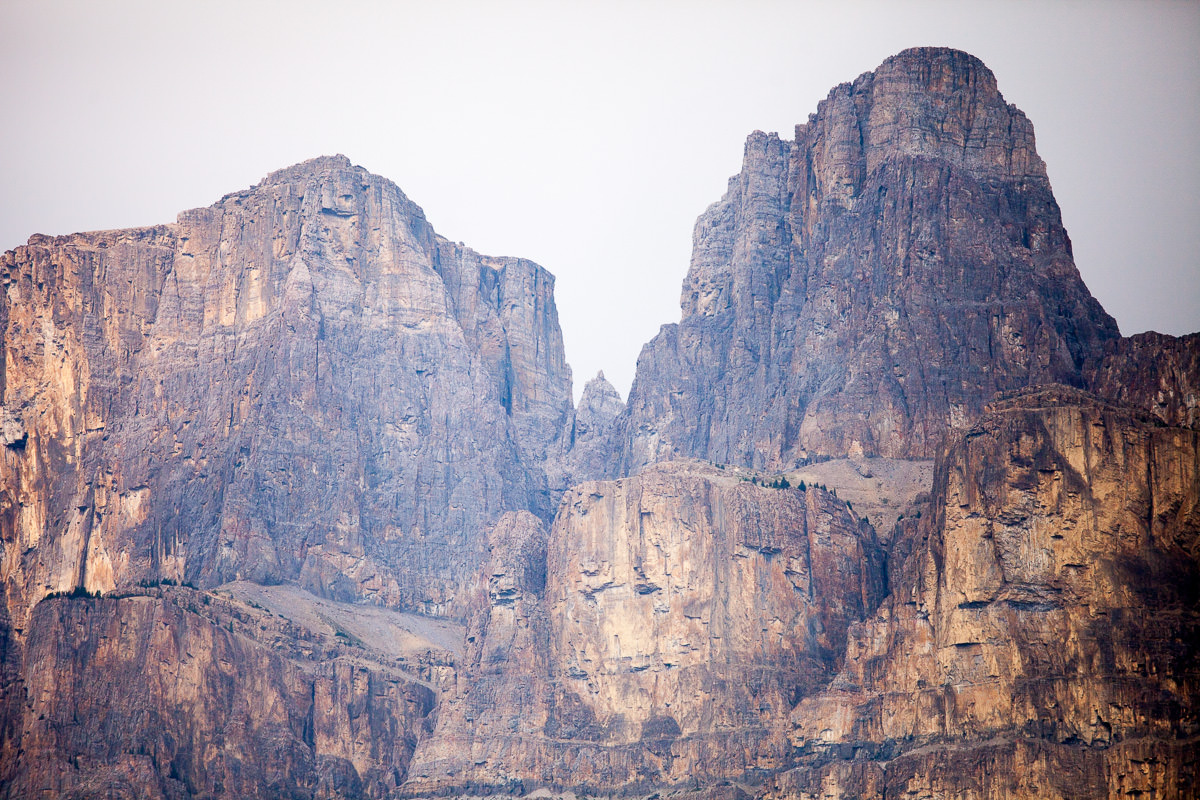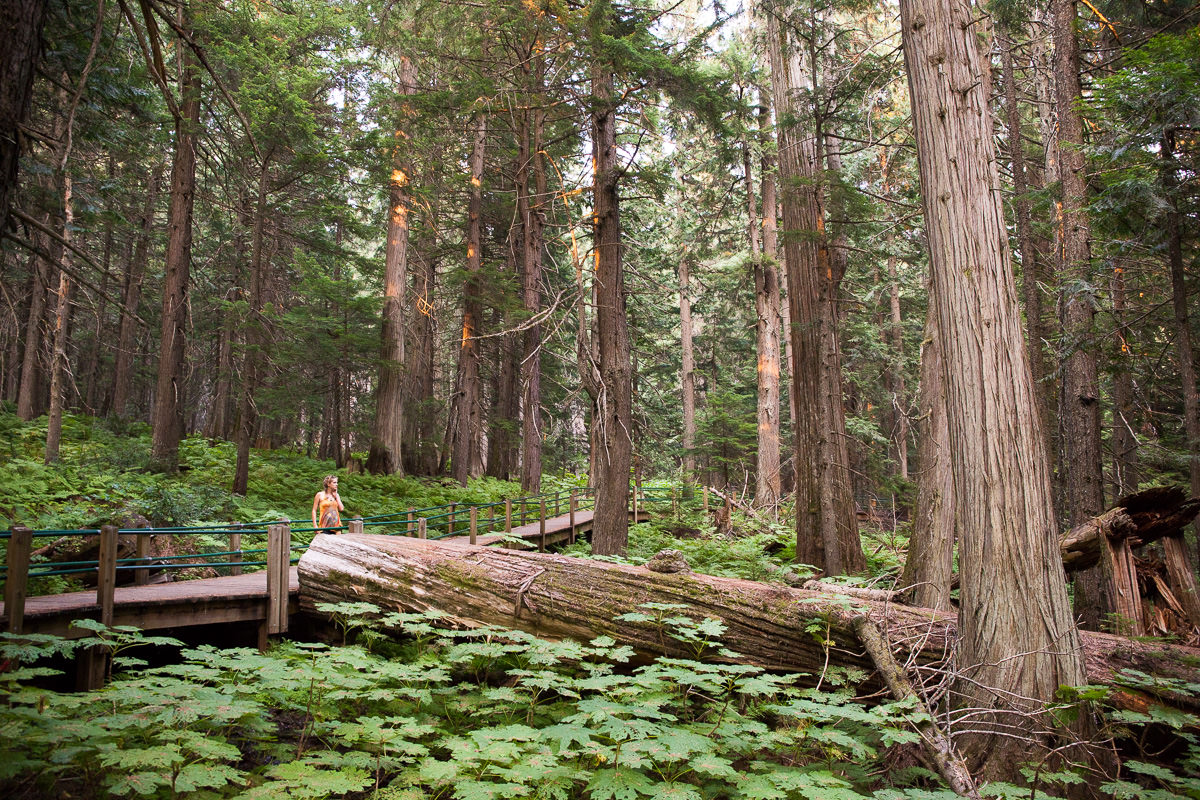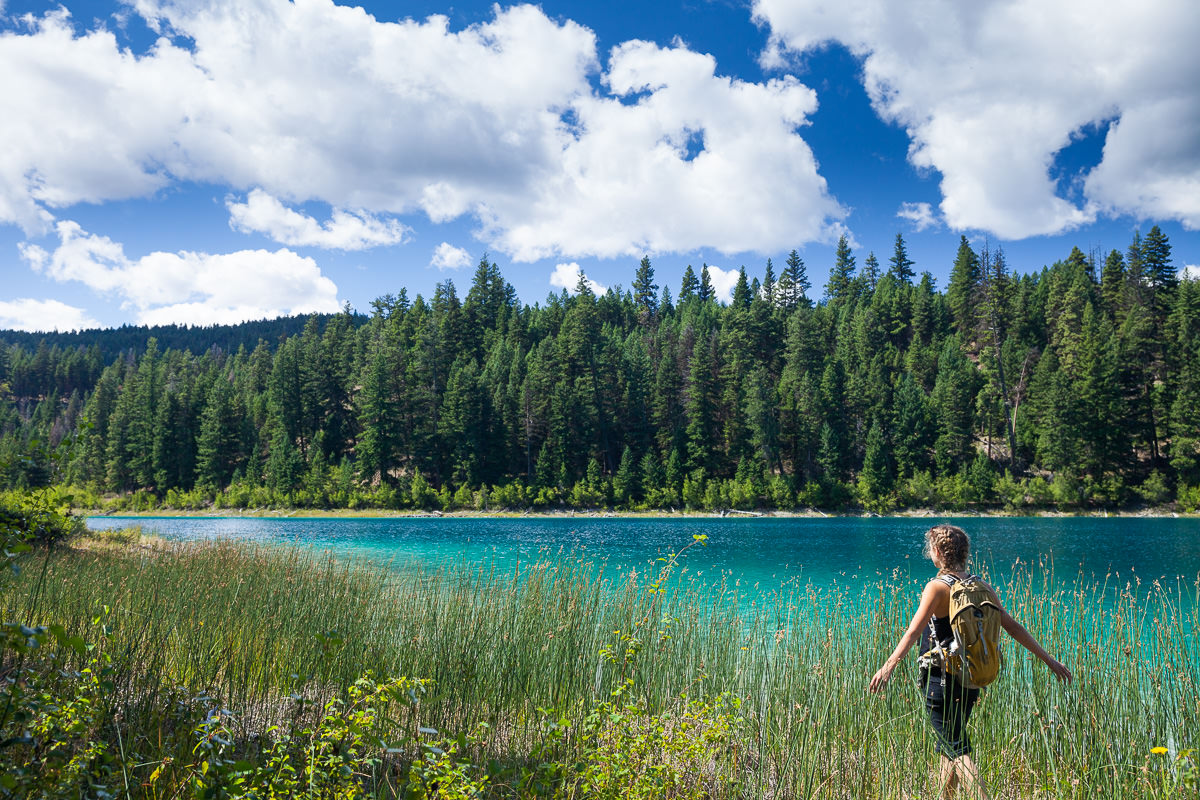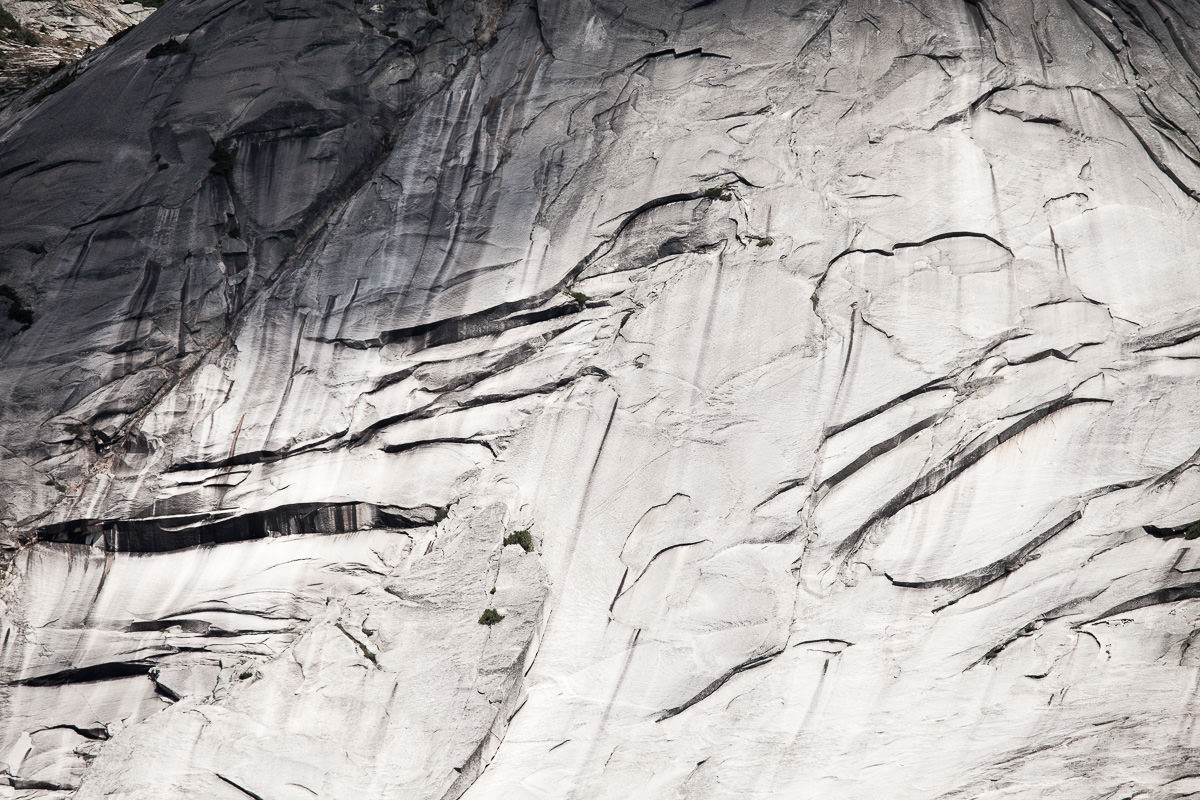2018 shaped up to be yet another busy and exciting year with lots of adventures into new and unique areas. It also saw the release of an award-winning documentary film titled Anthropocene: The Human Epoch that I assisted on, a museum exhibit by Ed Burtynsky and book by Harley Rustad featuring Big Lonely Doug, and media coverage on the old-growth issue across the country and around the world. The highlight experience of my year though would have to have been the three weeks that I spent working as a naturalist and photographer aboard the Maple Leaf in the Great Bear Rainforest. The Great Bear stretches along BC’s central and north coast and is part of the largest temperate rainforest in the world. From whales to wolves, bears to eagles, and waterfalls to tall granite walls, the region is beautiful beyond words. The trip also underscored to me though just how special Vancouver Island and BC’s south coast truly are. Due to the better weather and prime growing conditions, it’s right here, in our own backyard, that one can still find some of the most magnificent ancient forests harbouring some of the world’s largest trees. But unlike the Great Bear, where 85% of the old-growth forests are now off limits to logging thanks to decades of conservation efforts, the ancient forests of the south coast are now highly endangered and still being cut at an alarming rate. So throughout 2018 we again clocked thousands of kilometers on logging roads and hiked through magnificent forests and horrific clearcuts in an effort to expose both the beauty and the destruction taking place. Clearly there is still much work to be done in the coming years to ensure that these incredible ecosystems remain standing for generations to come. For now though, please enjoy what are some of my favourite photos from this past year. If you have a favourite, let me know in the comments below! For the wild, TJ.
Fine art prints of these images and more can be ordered online at: tjwatt.com/prints

